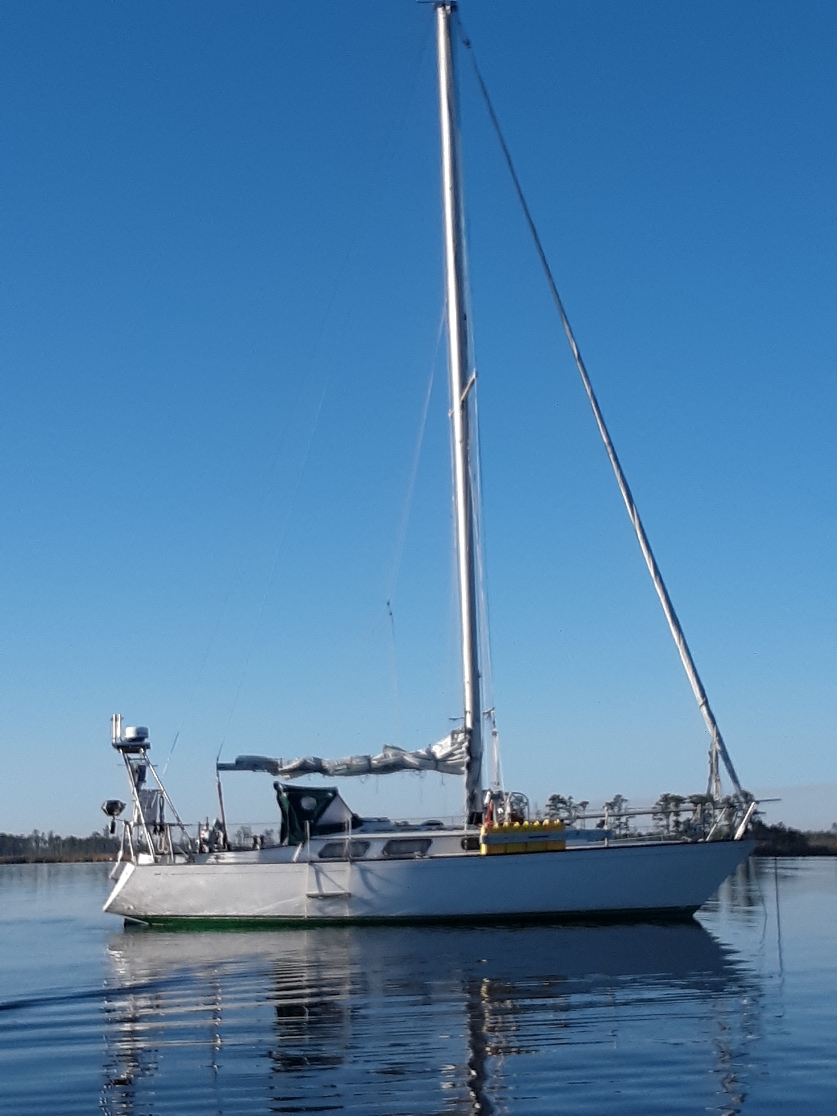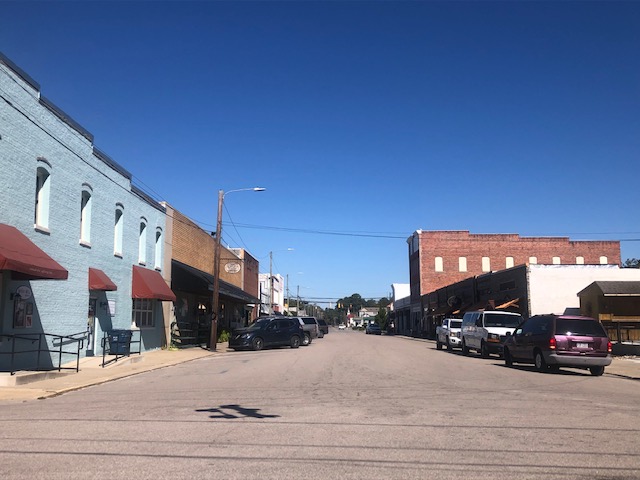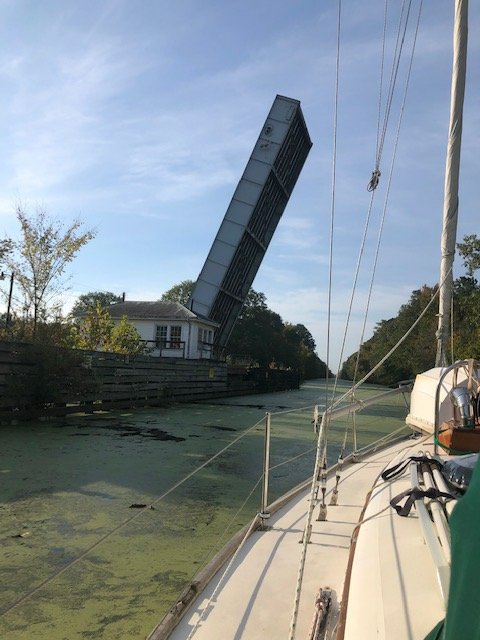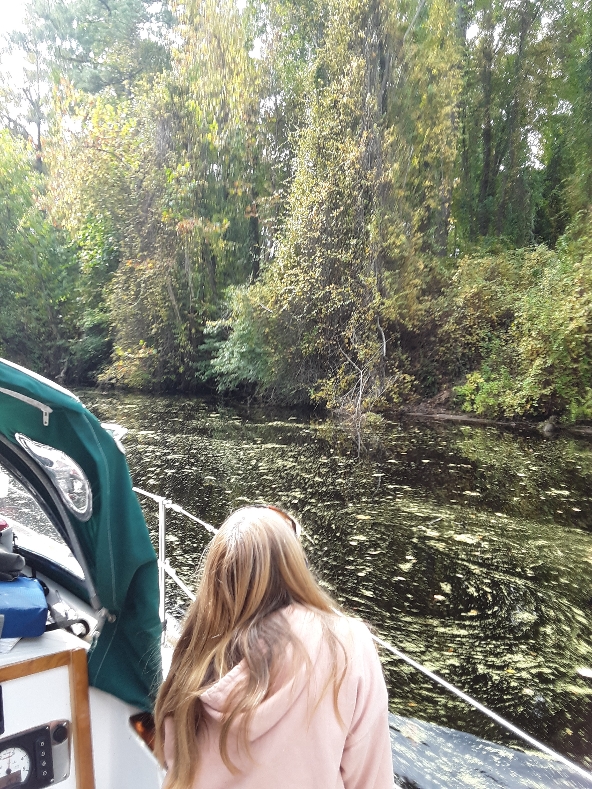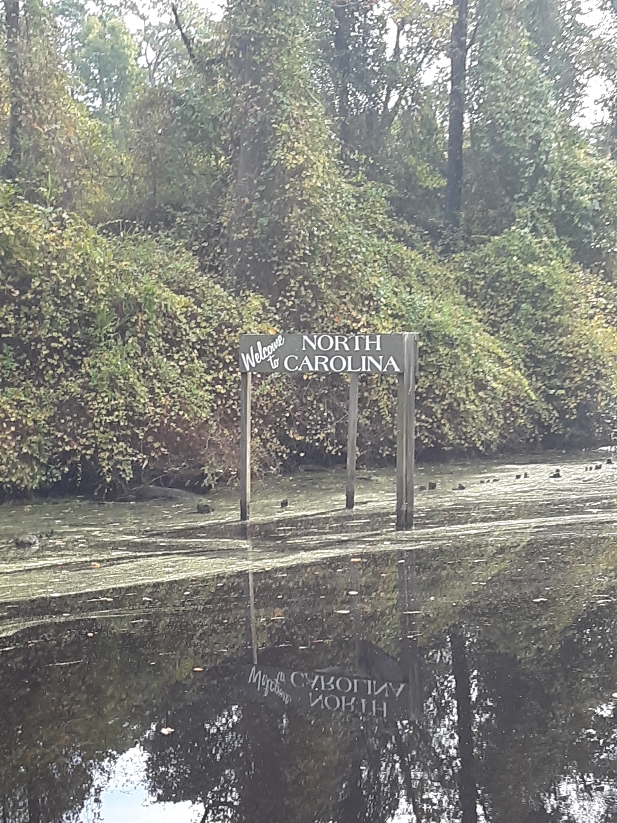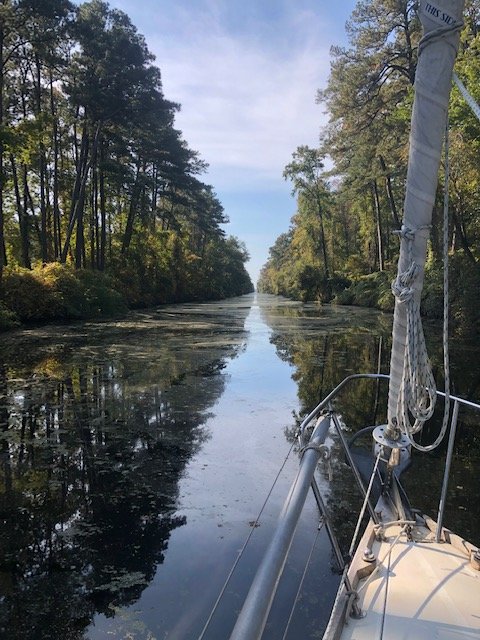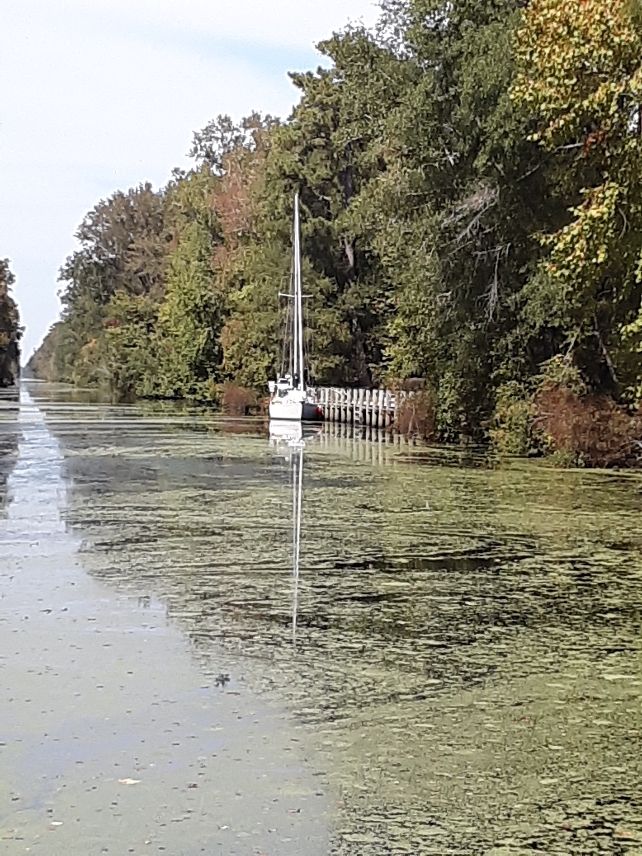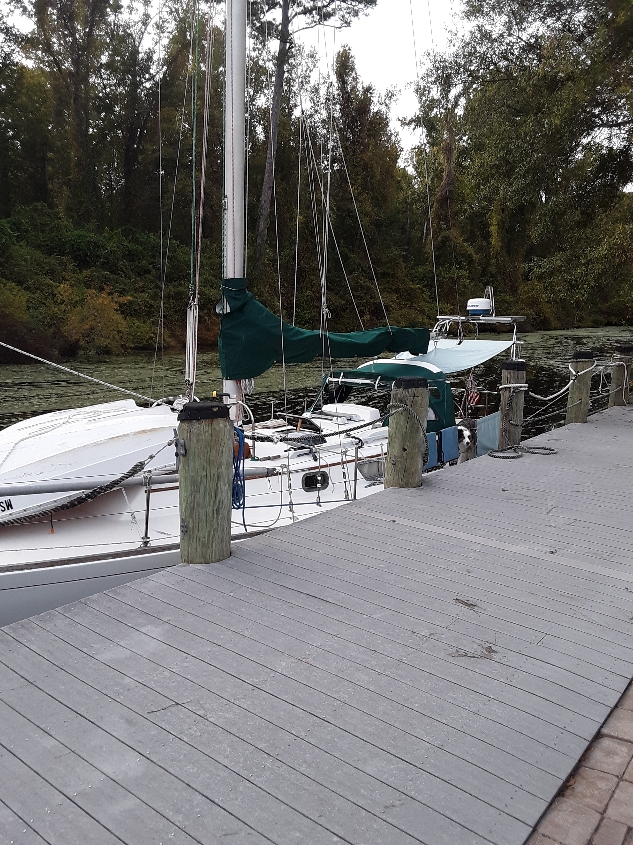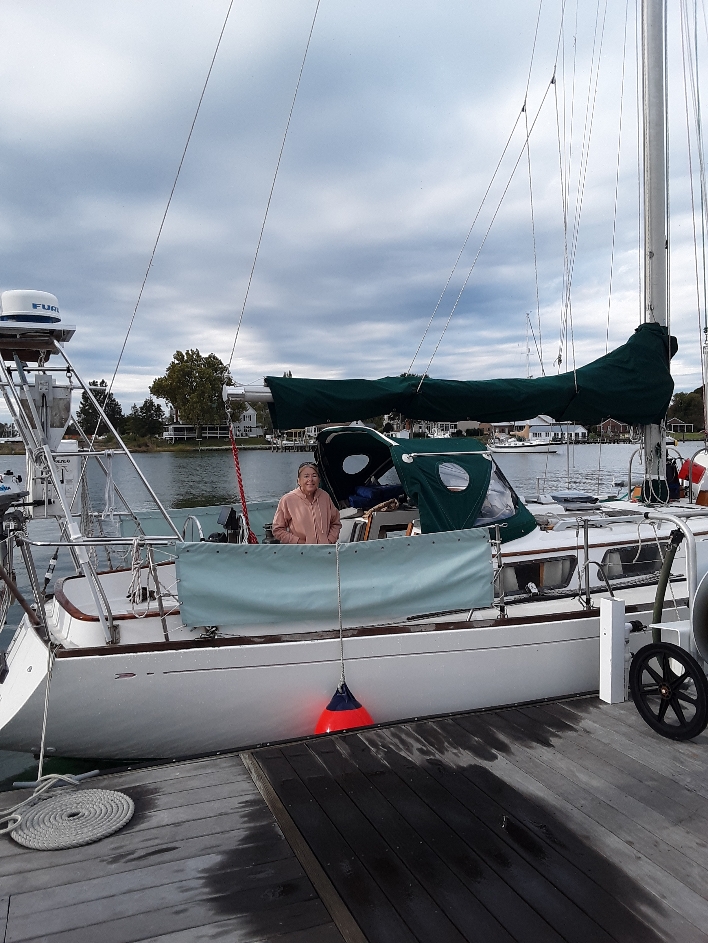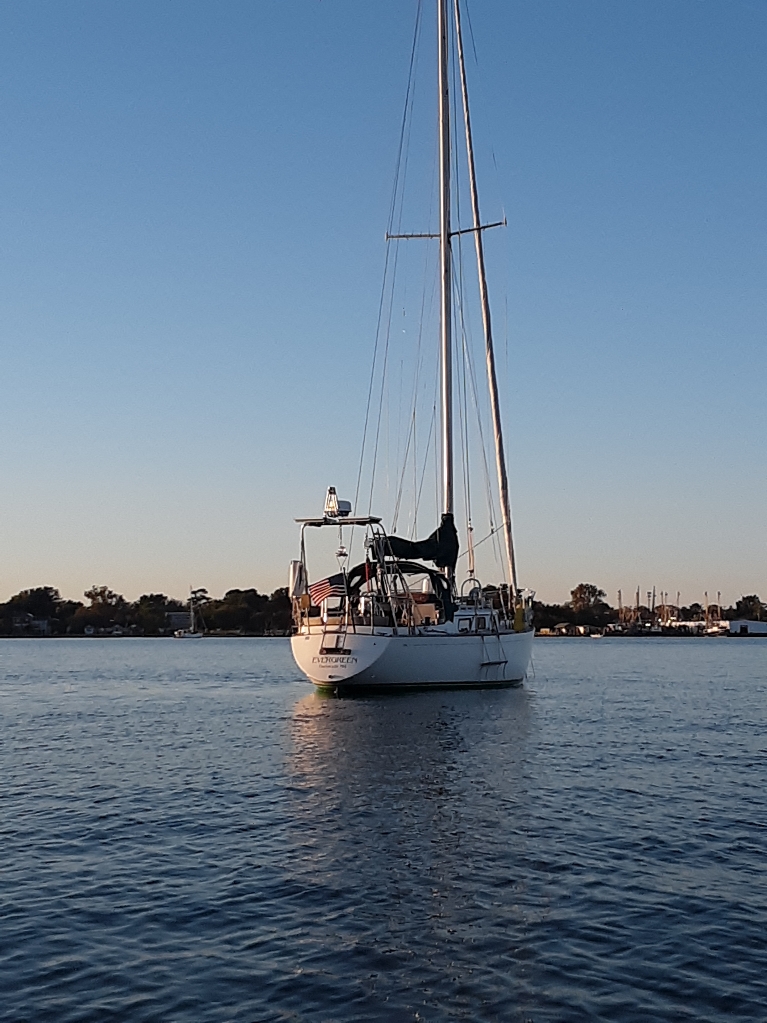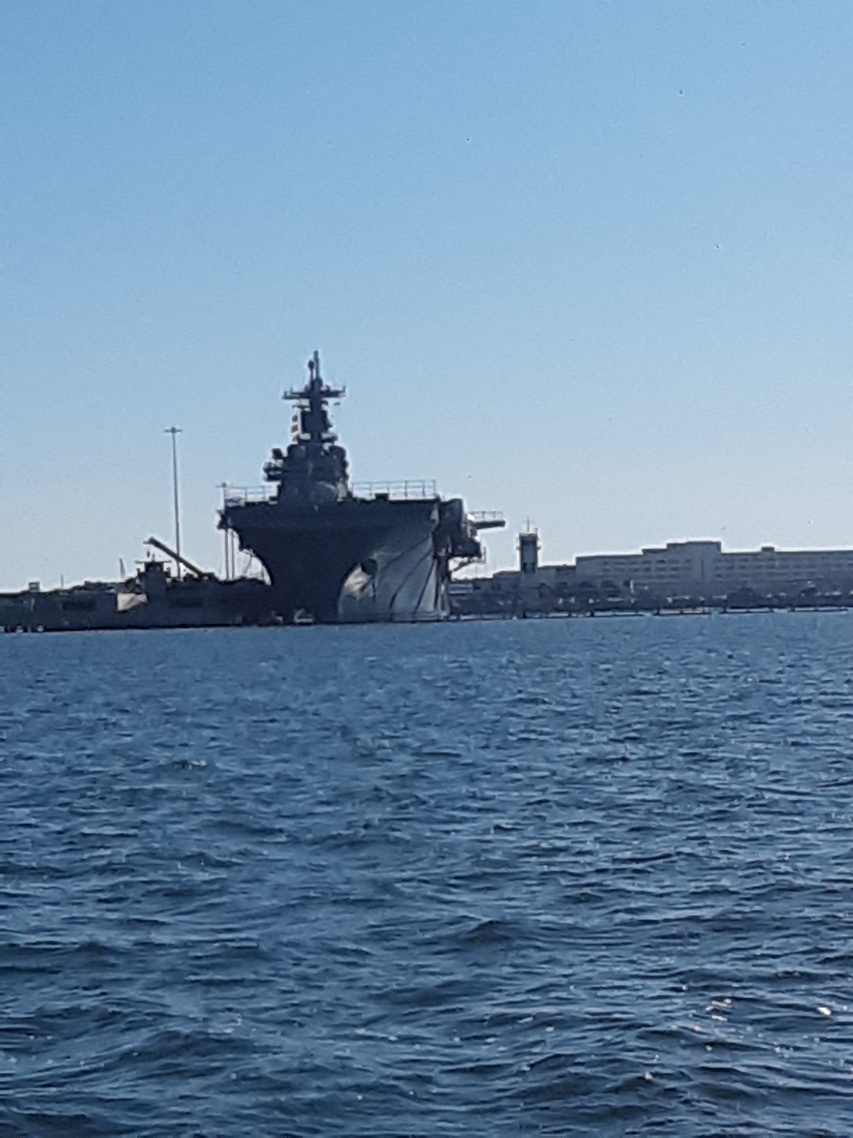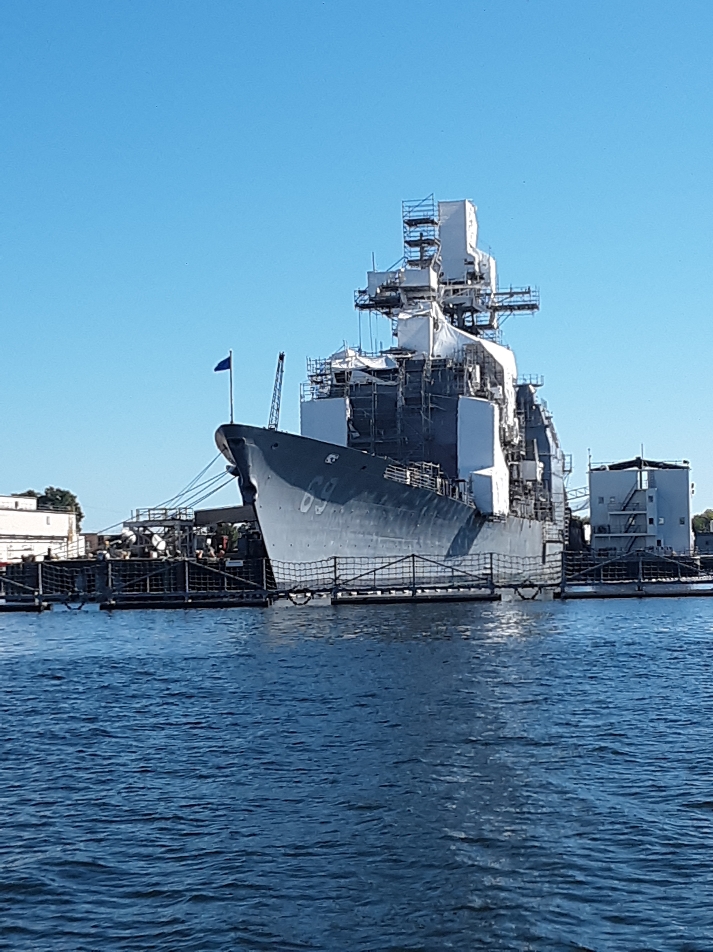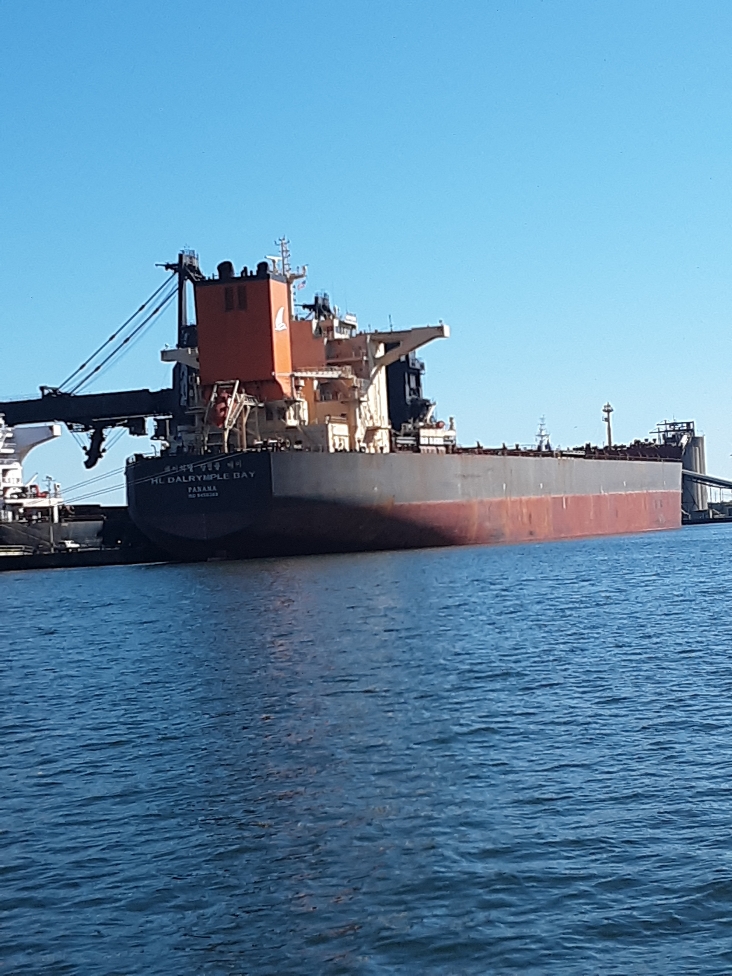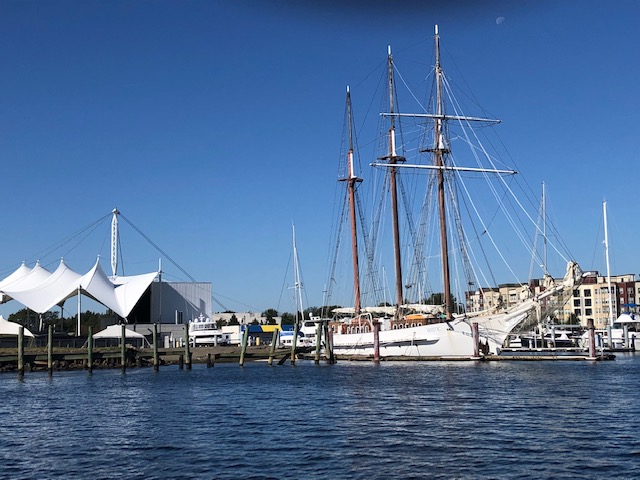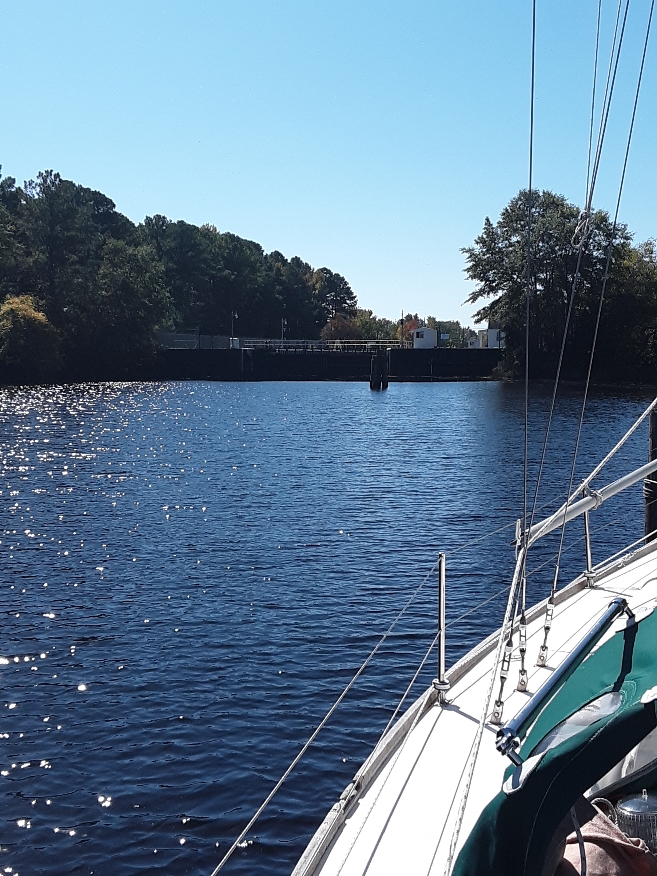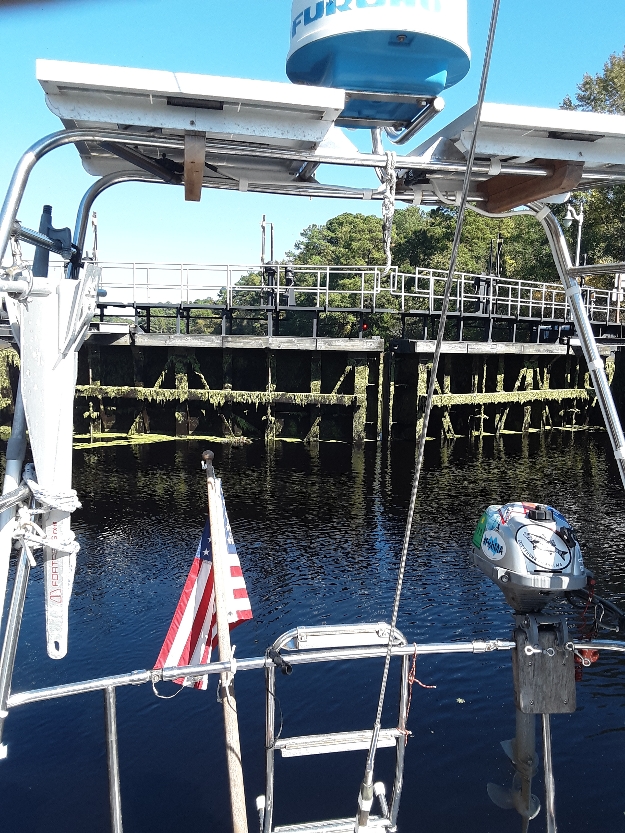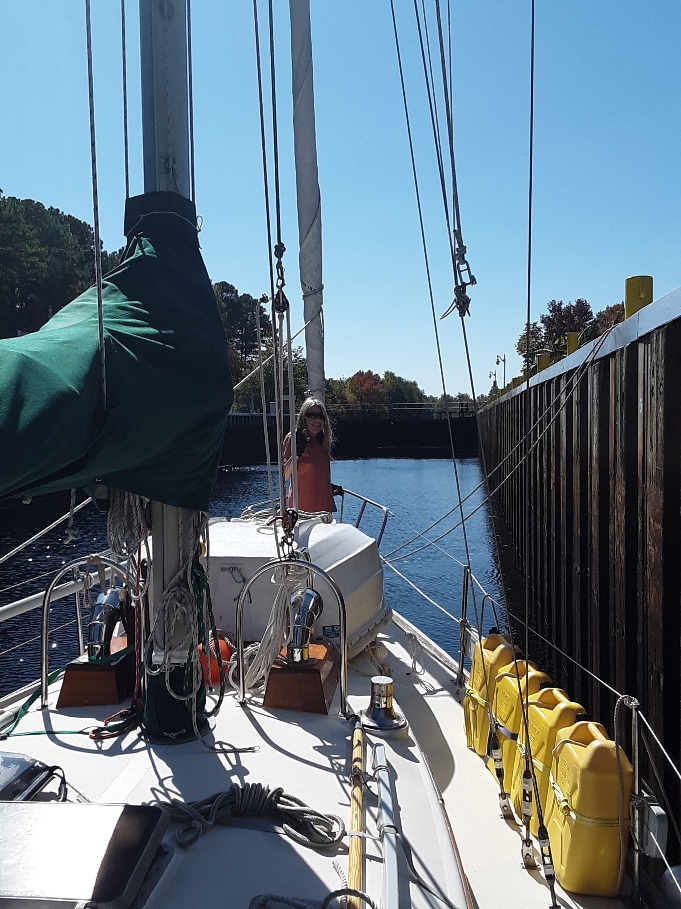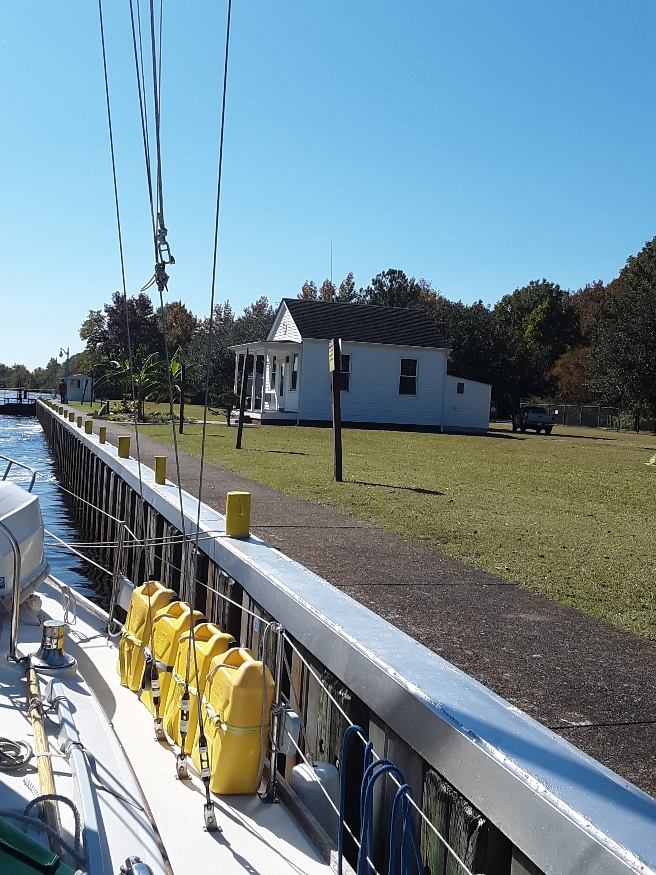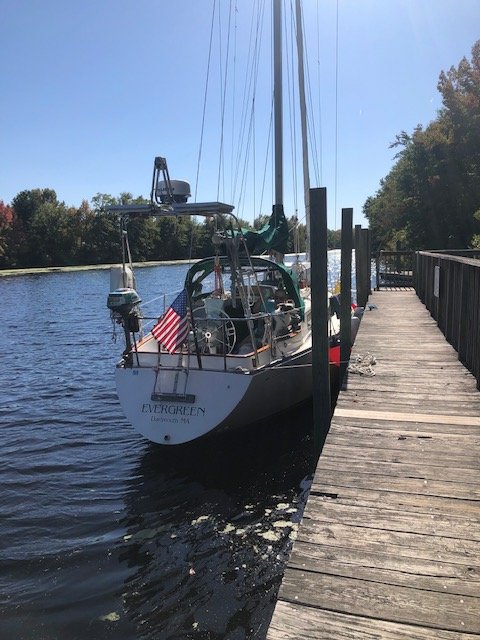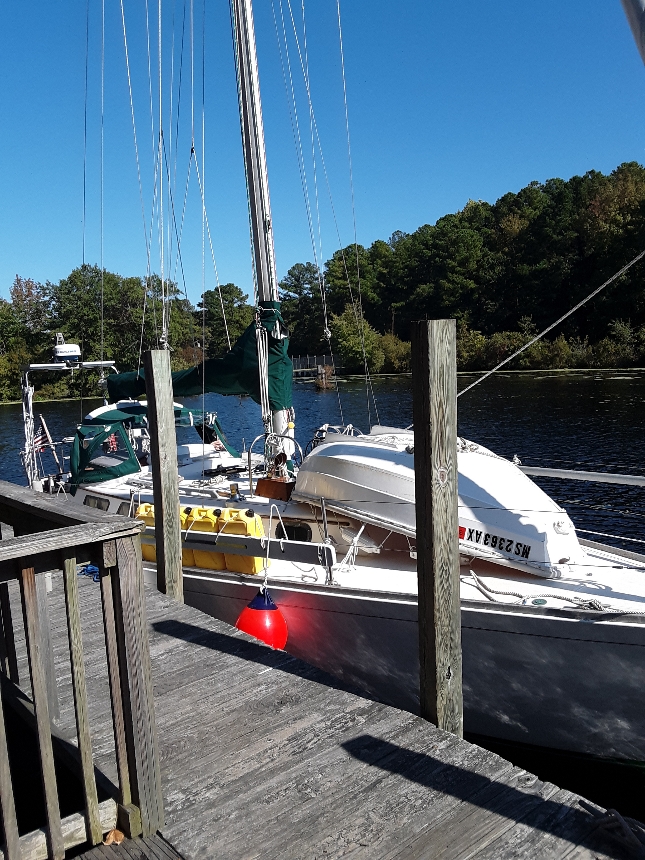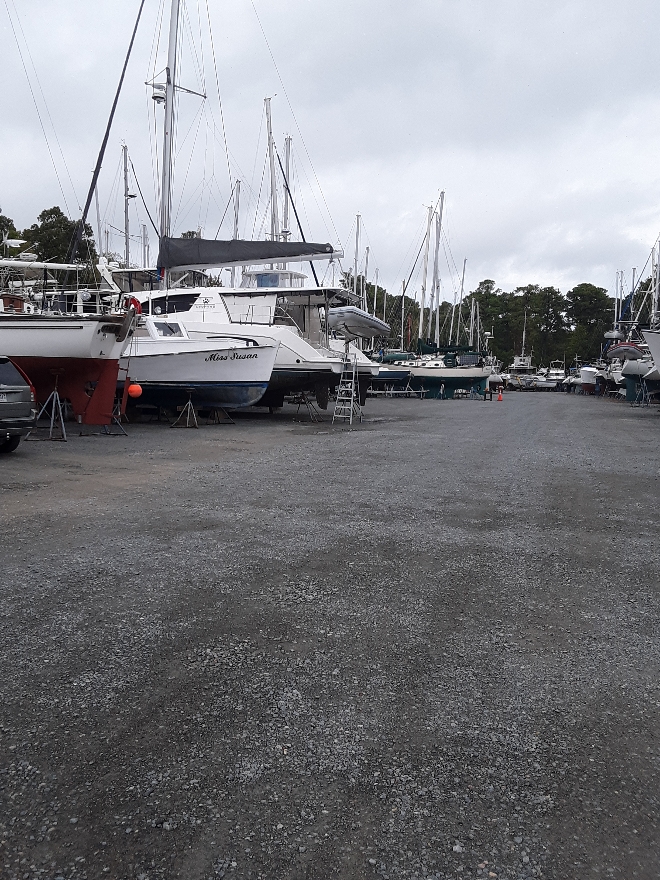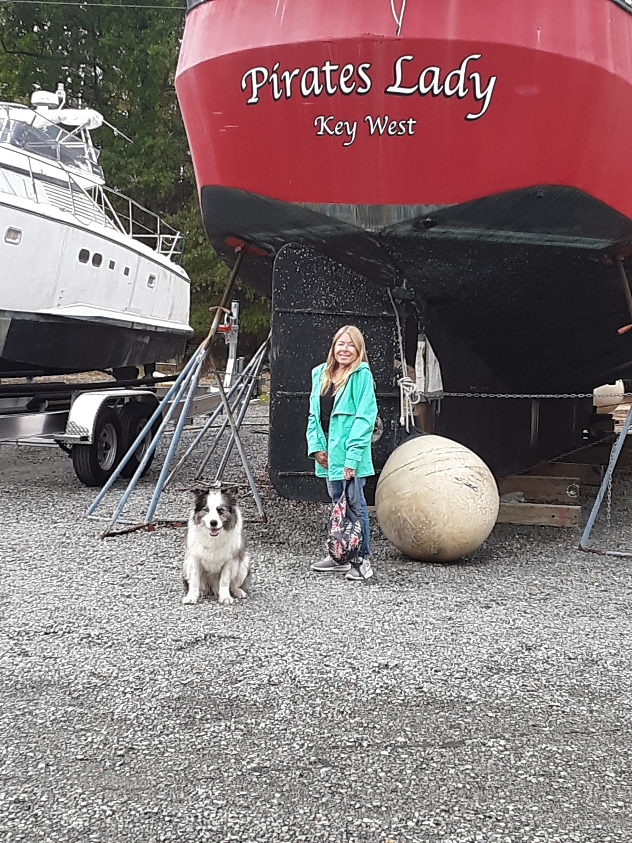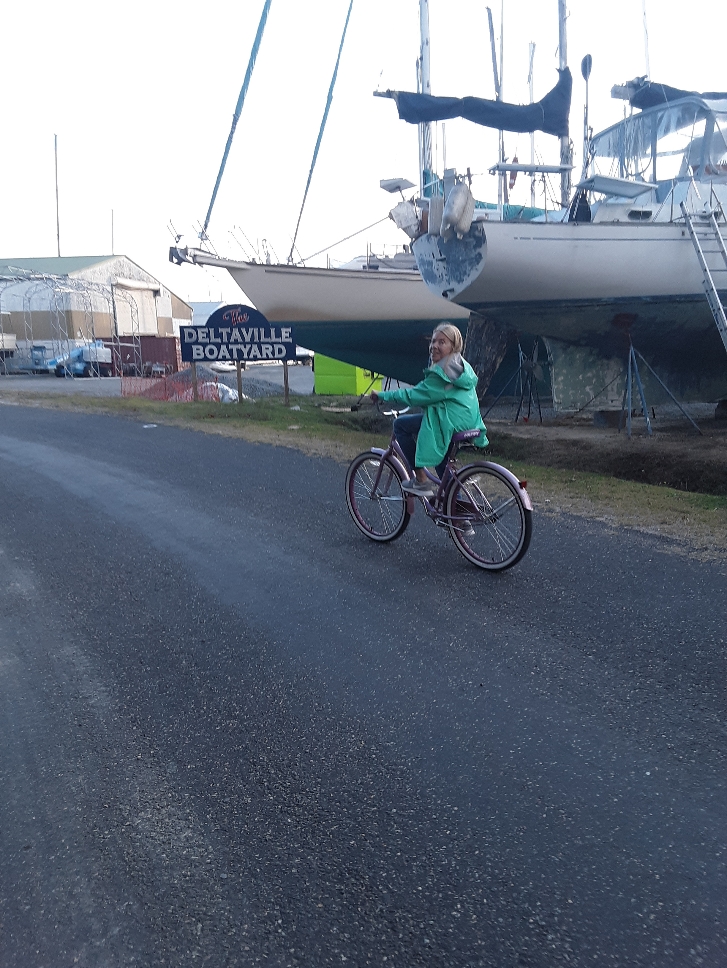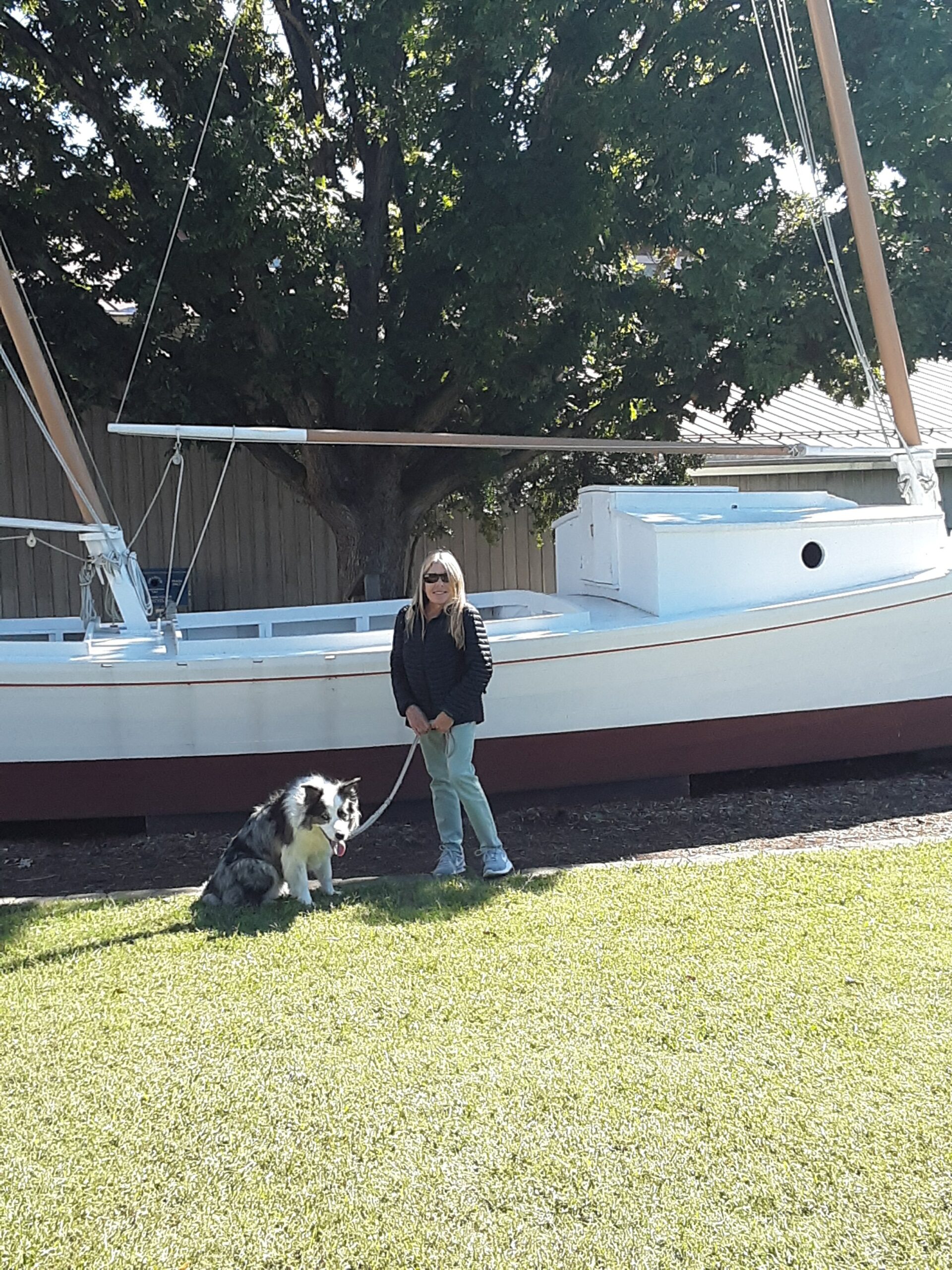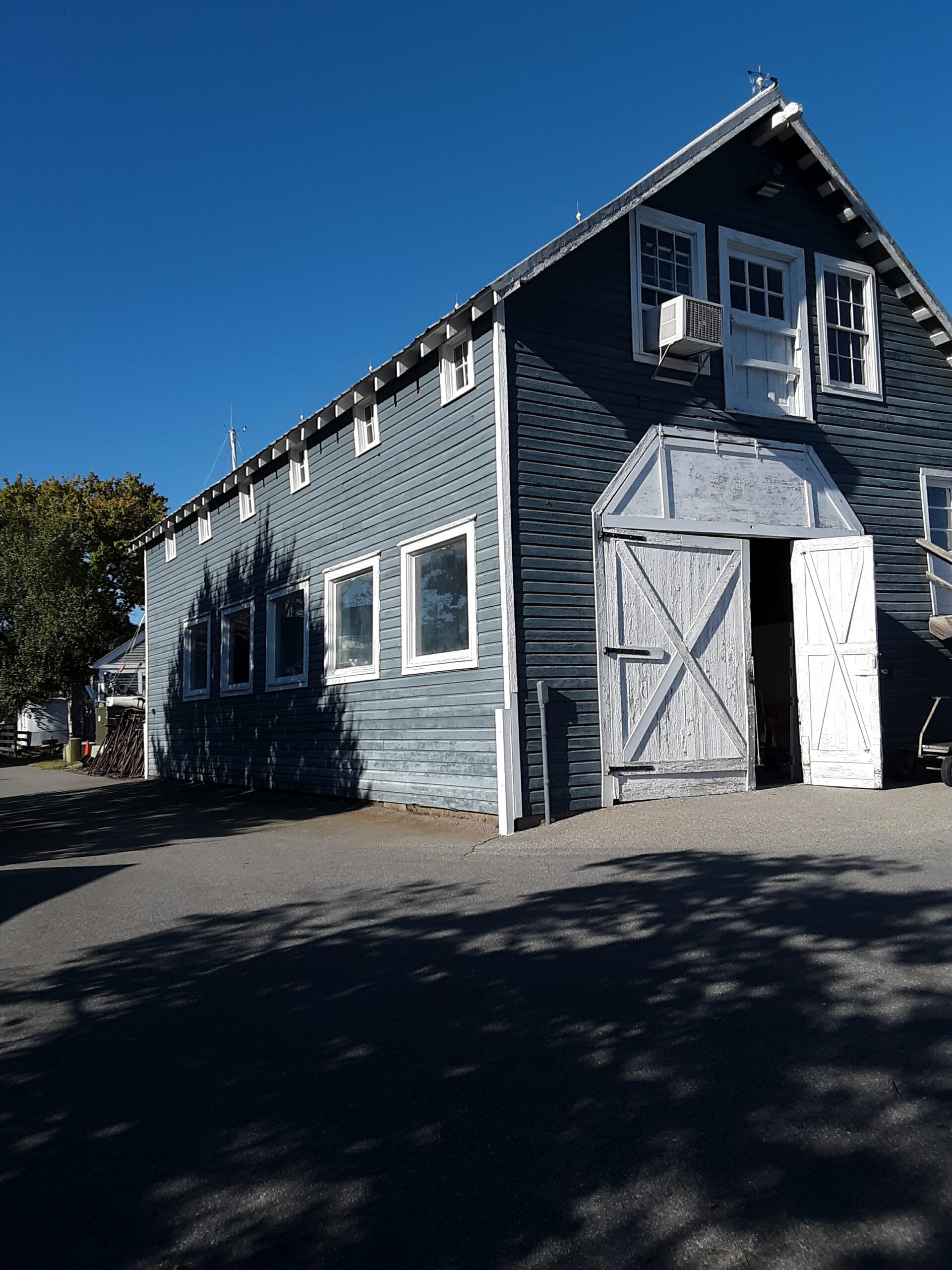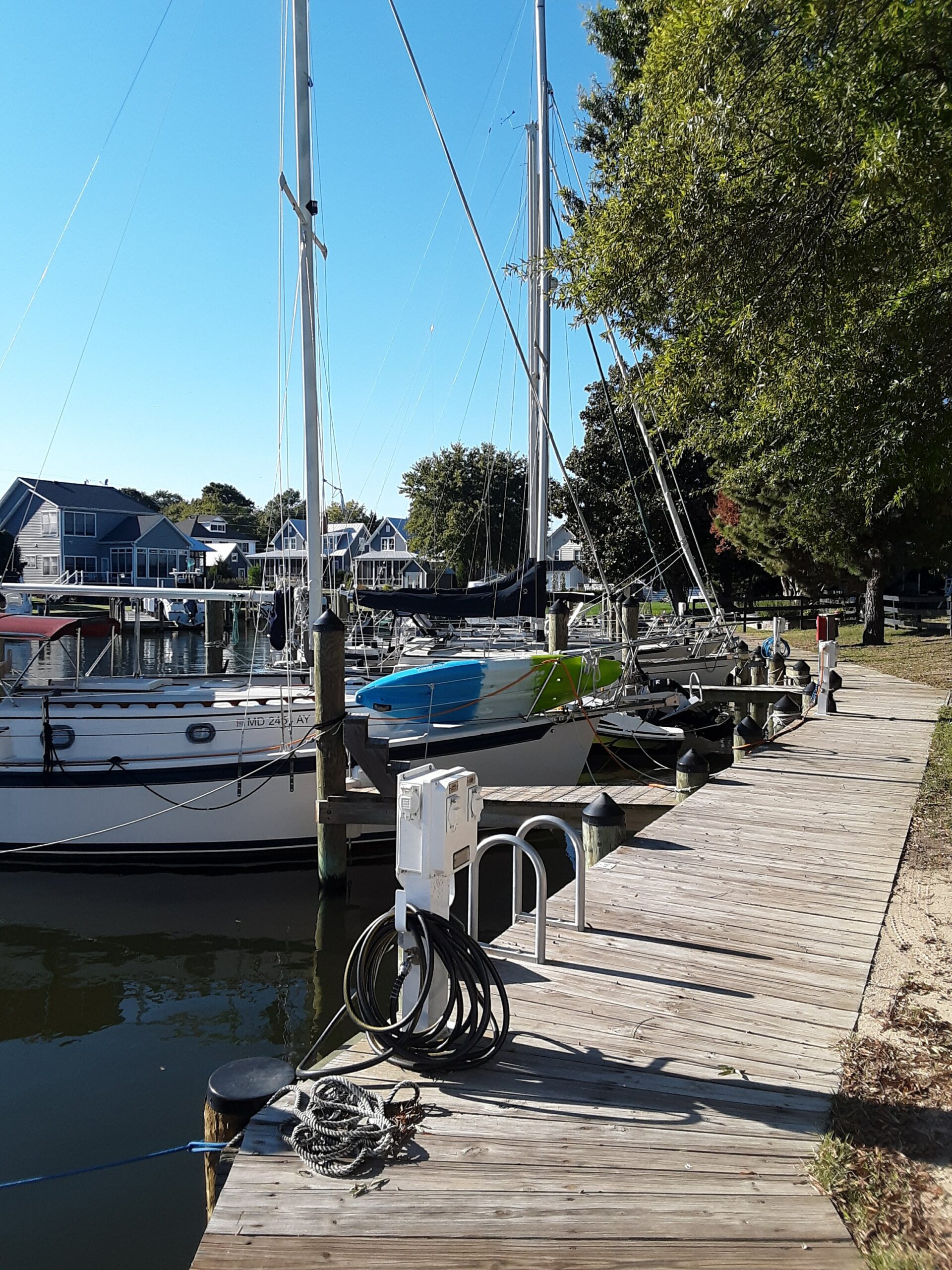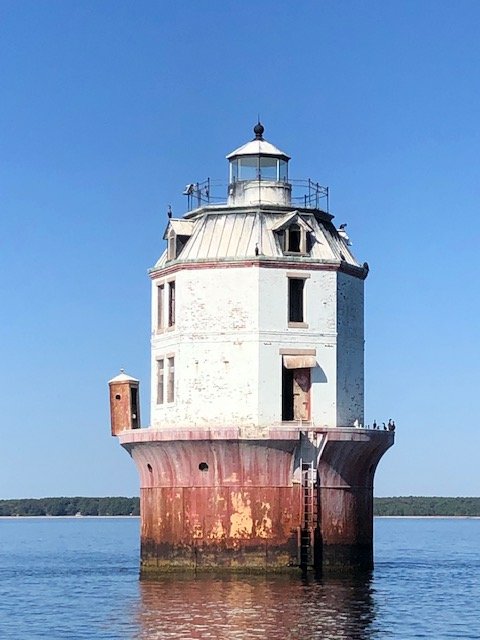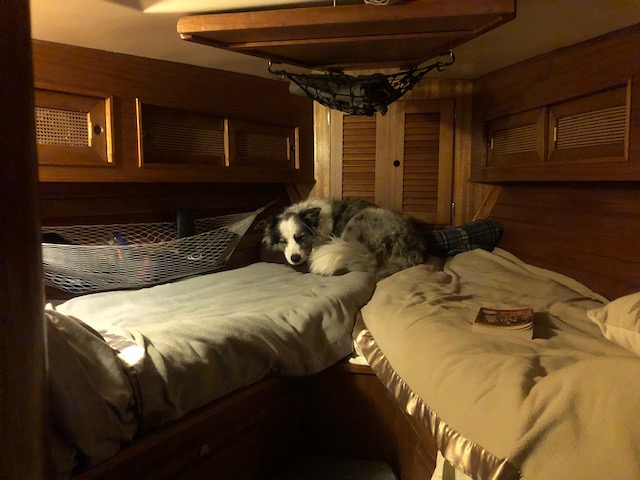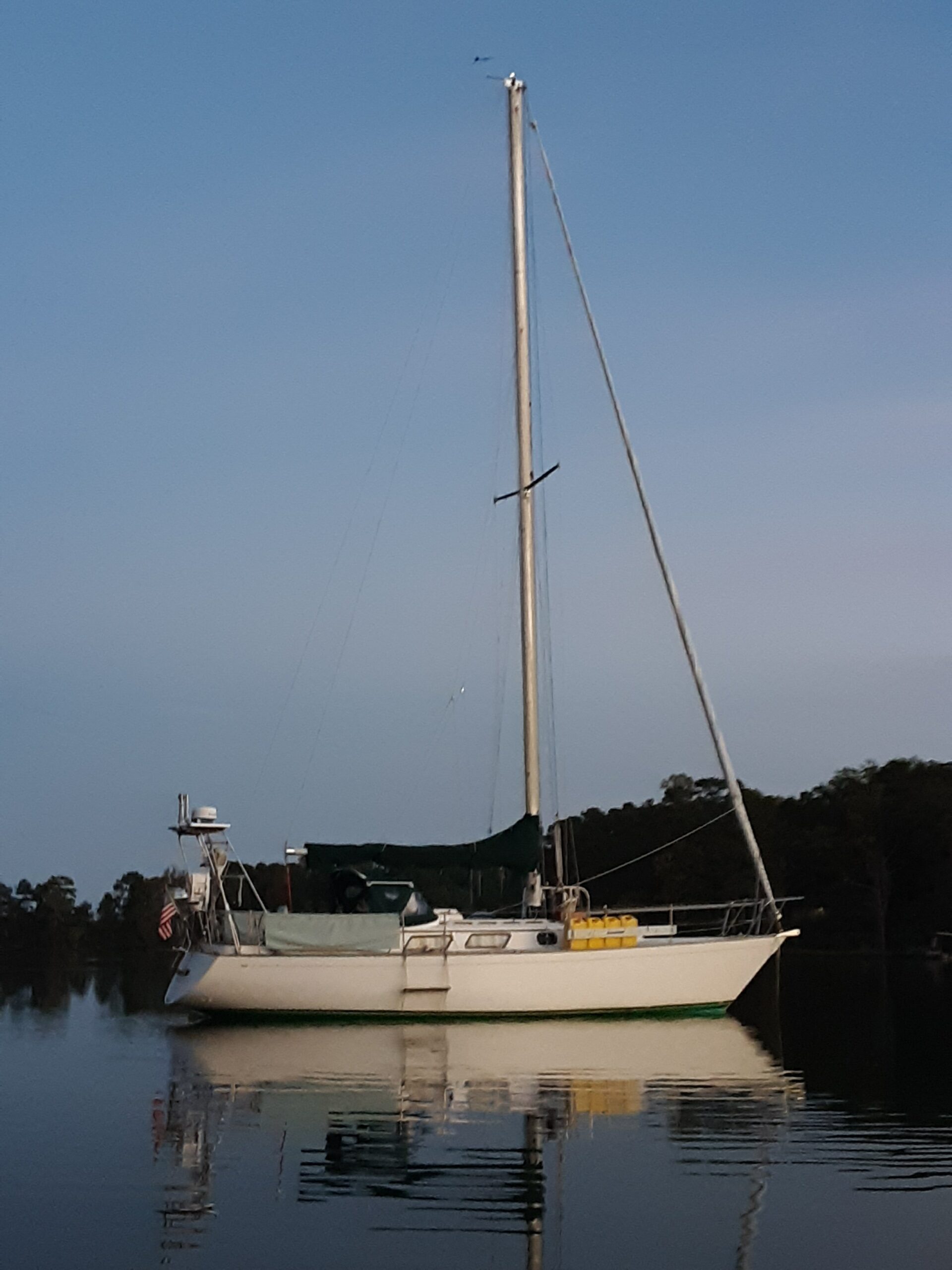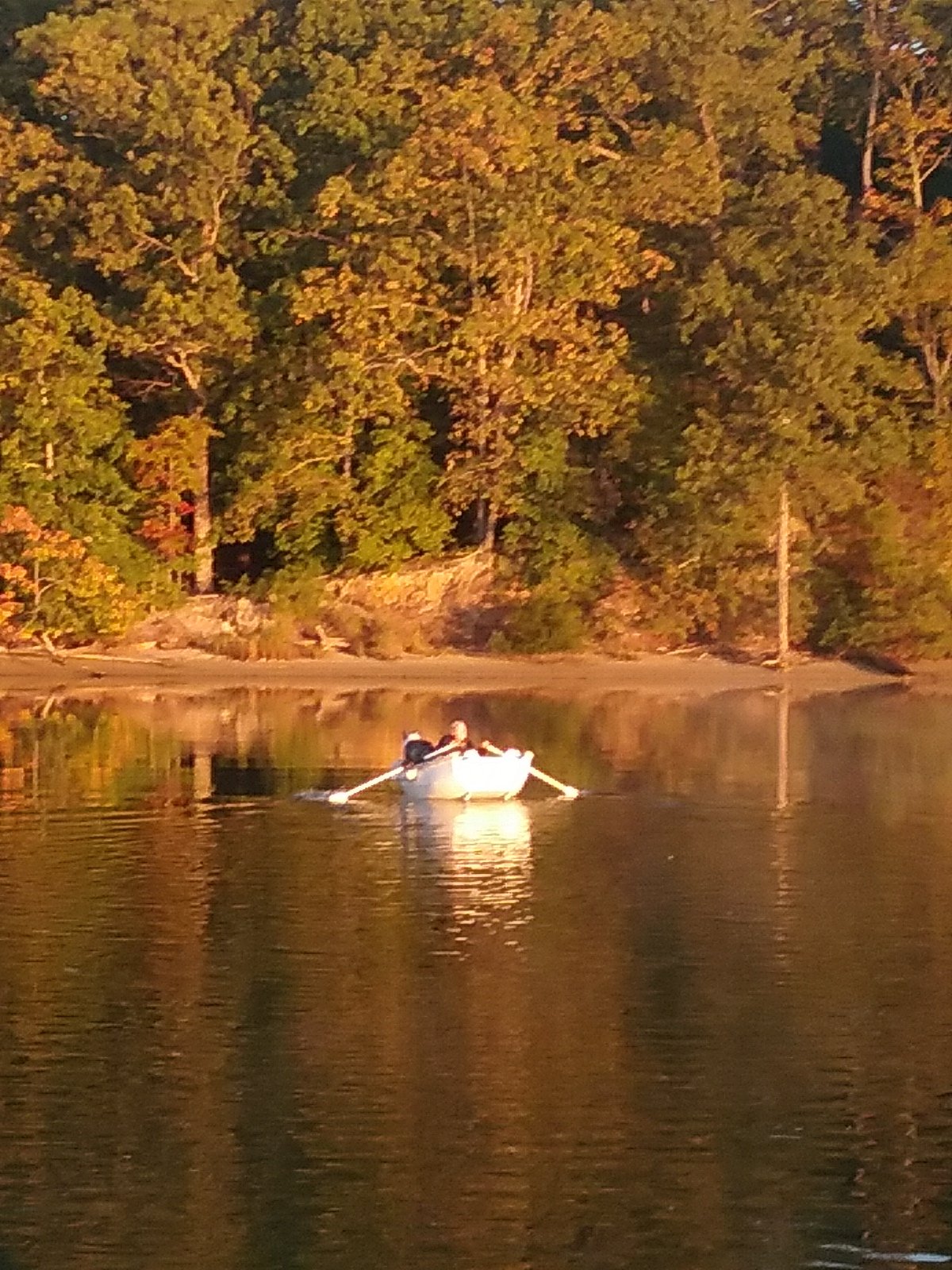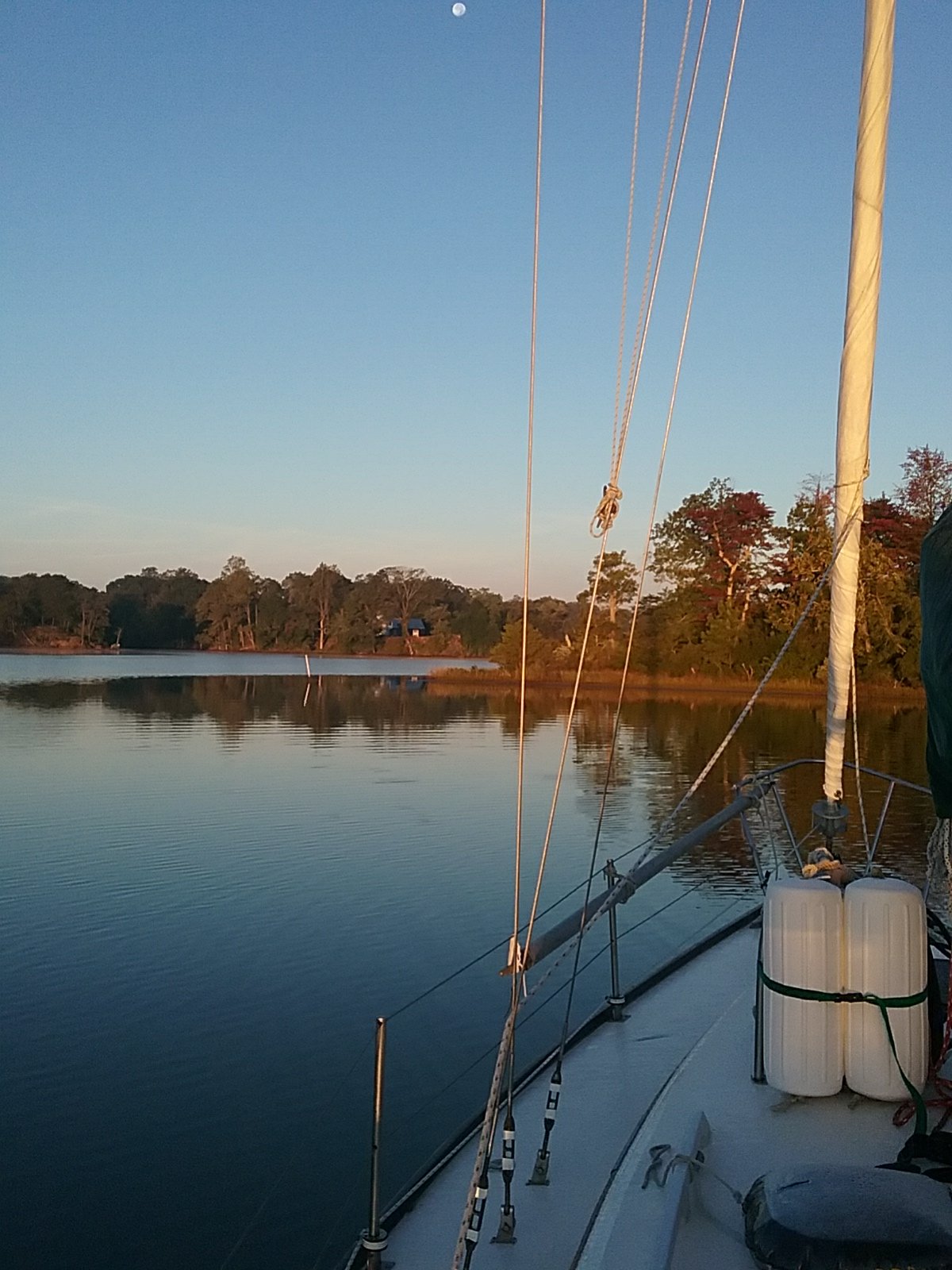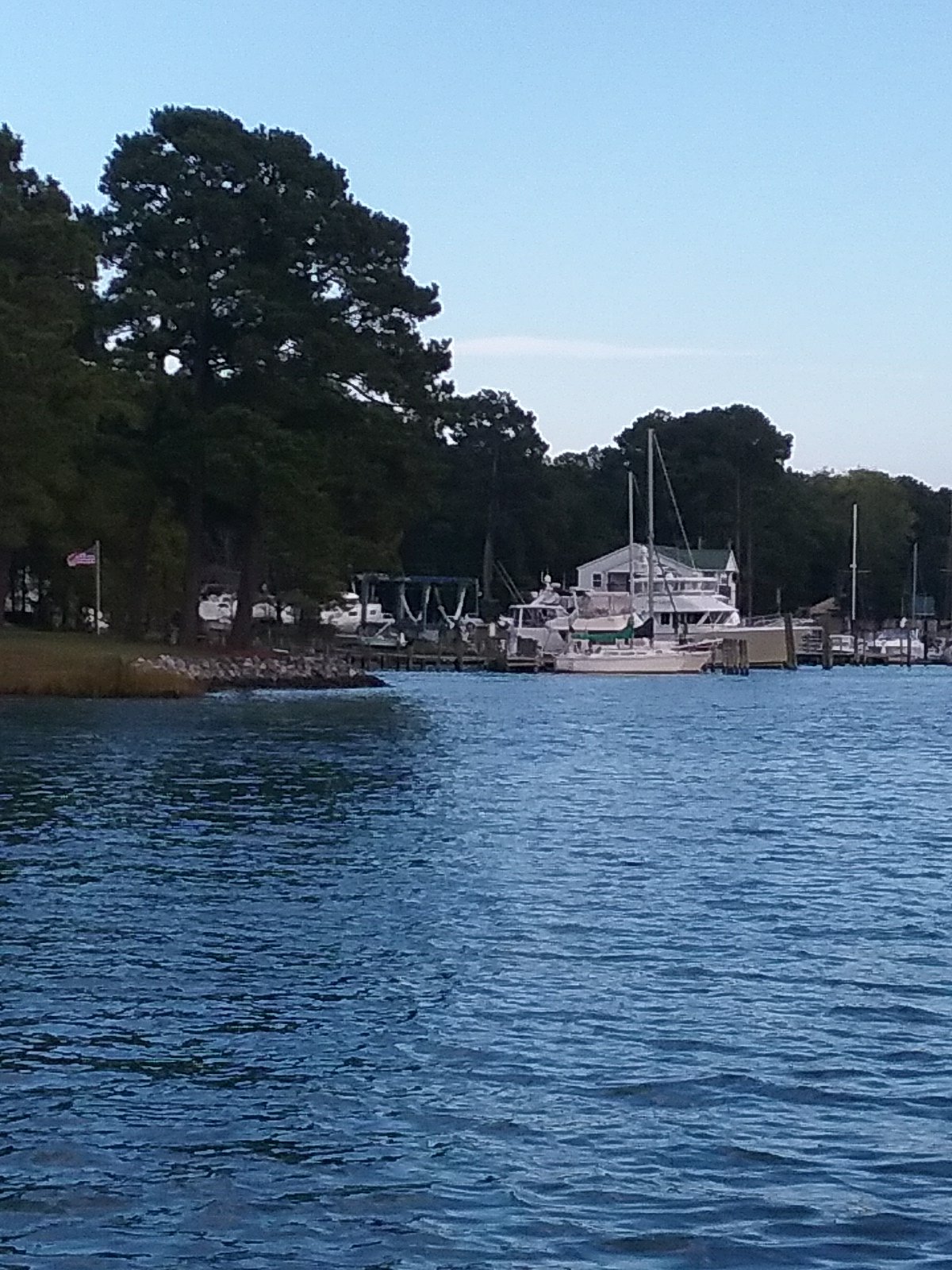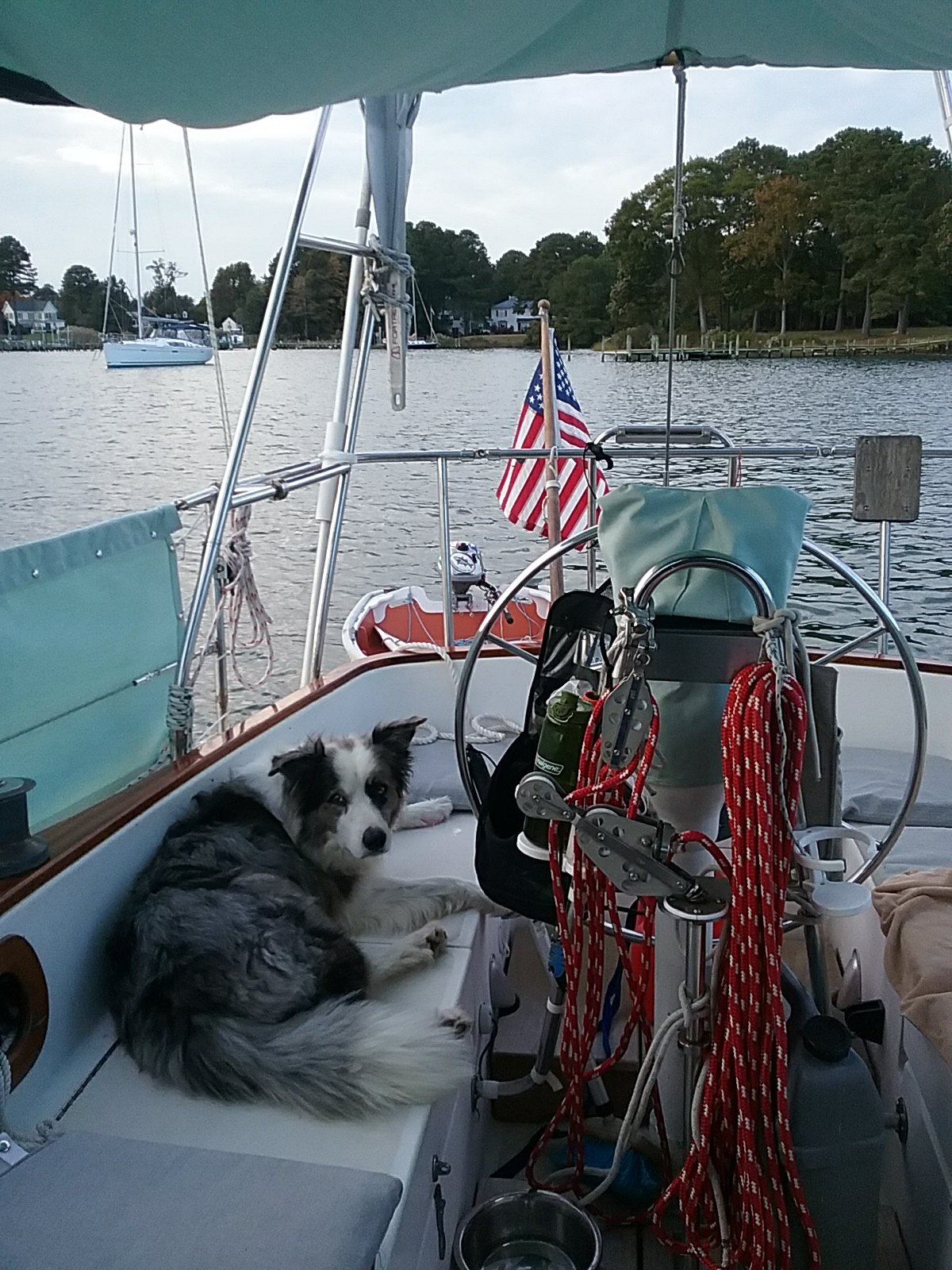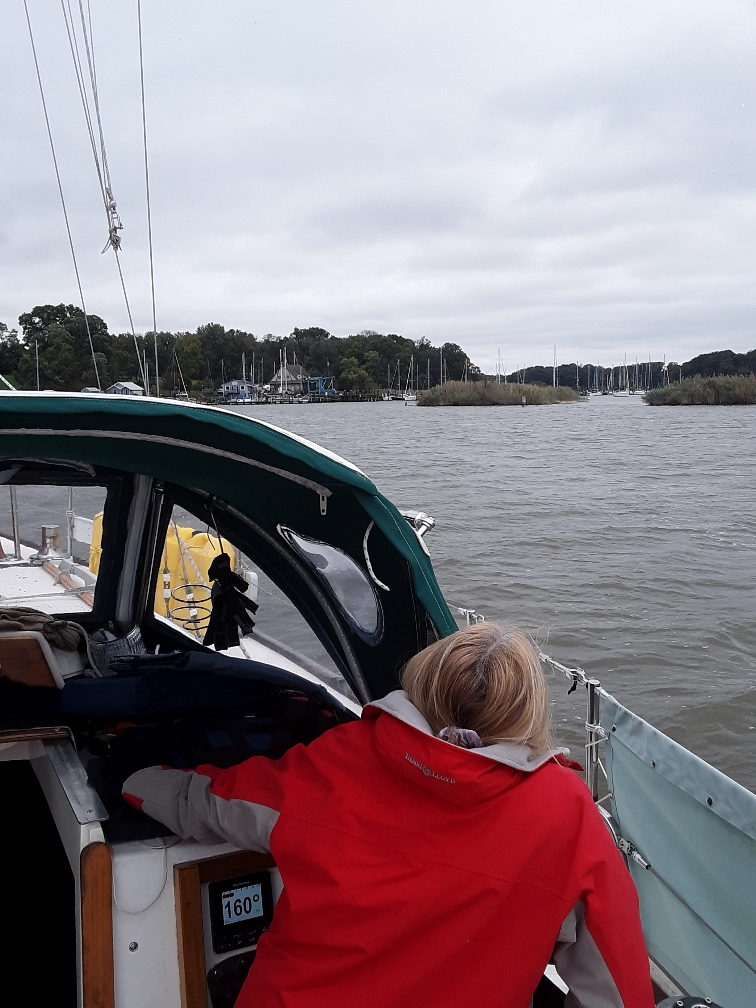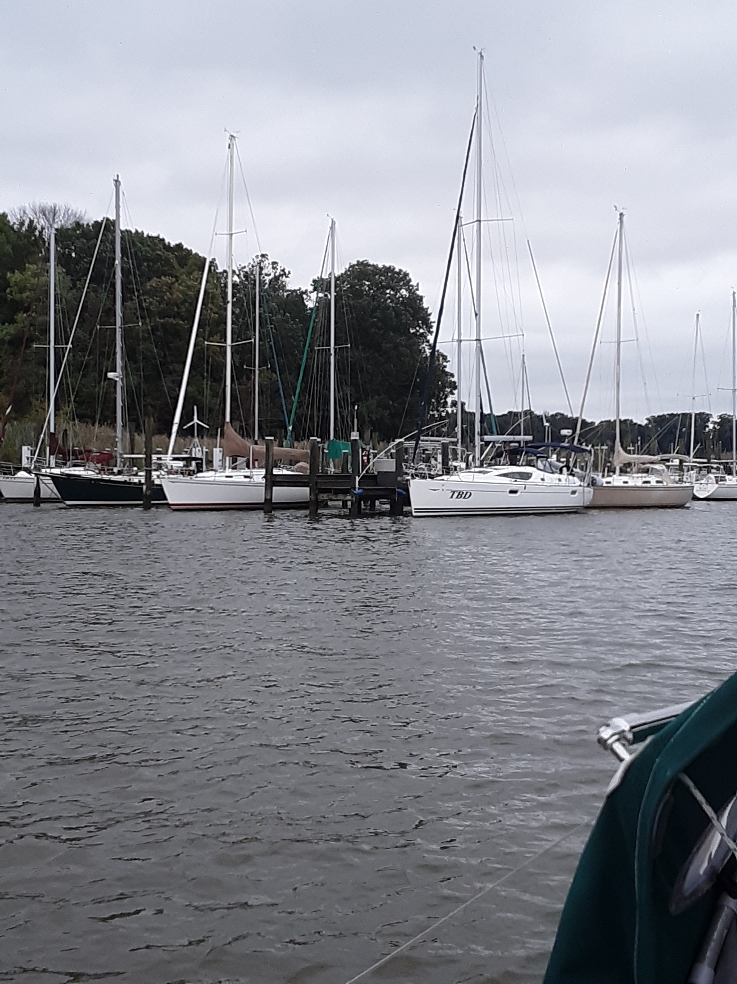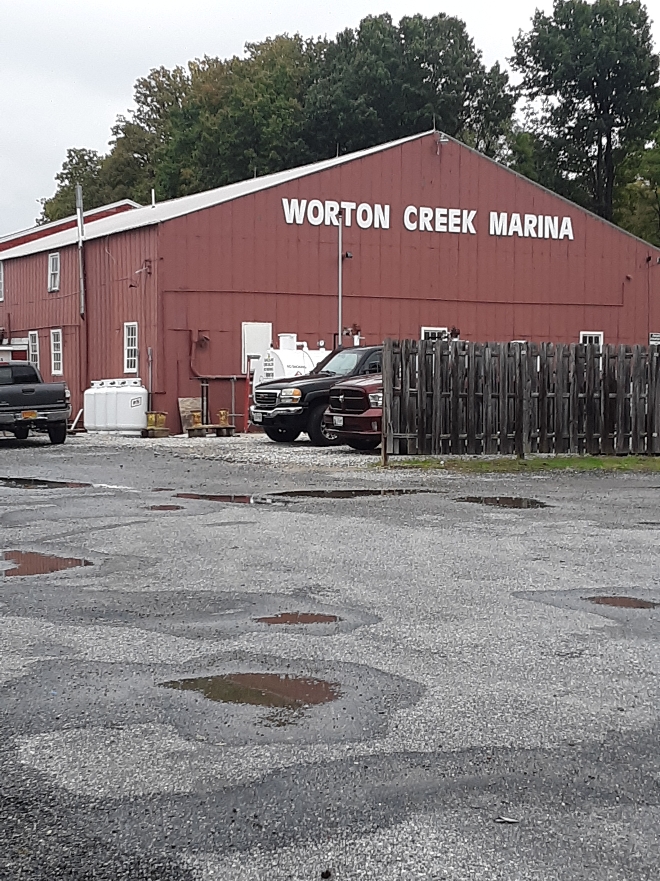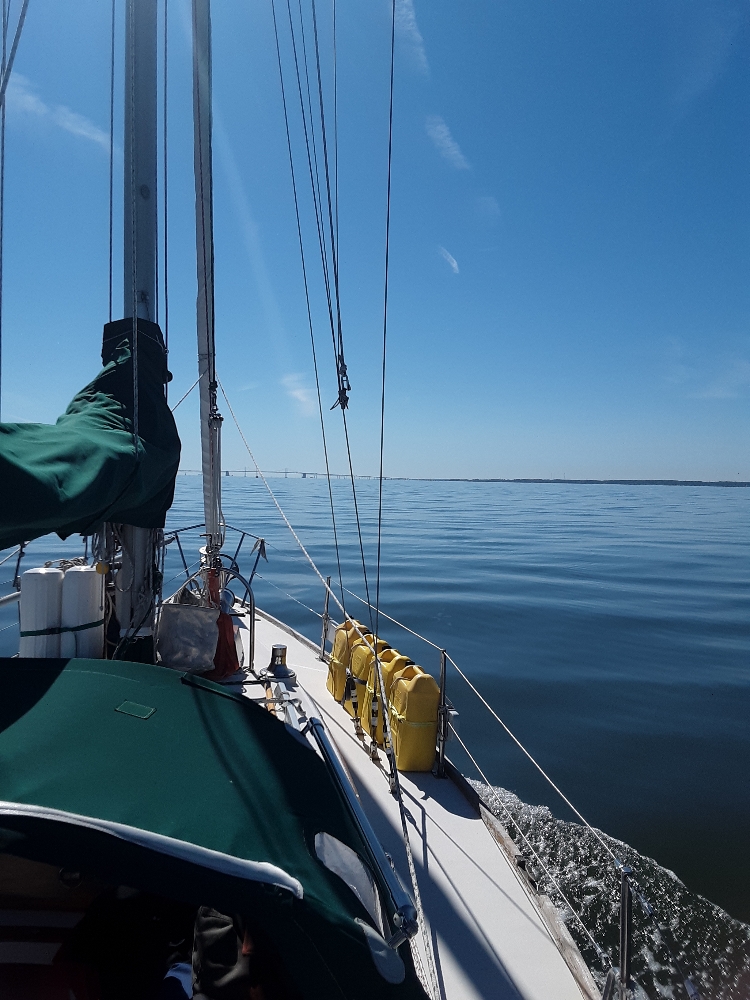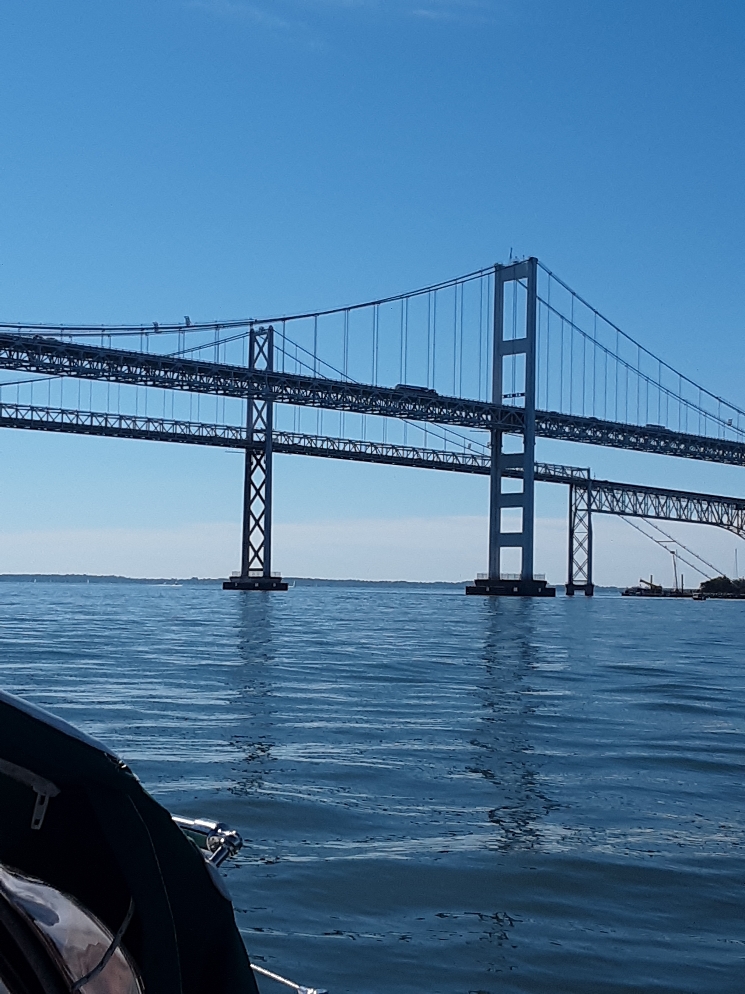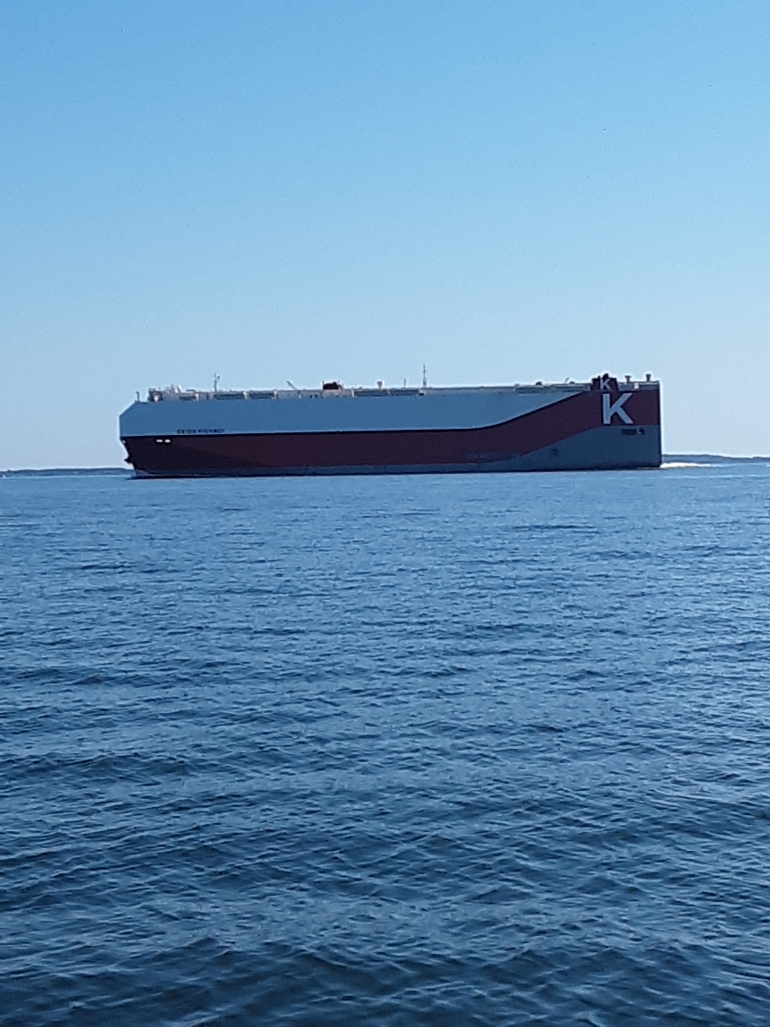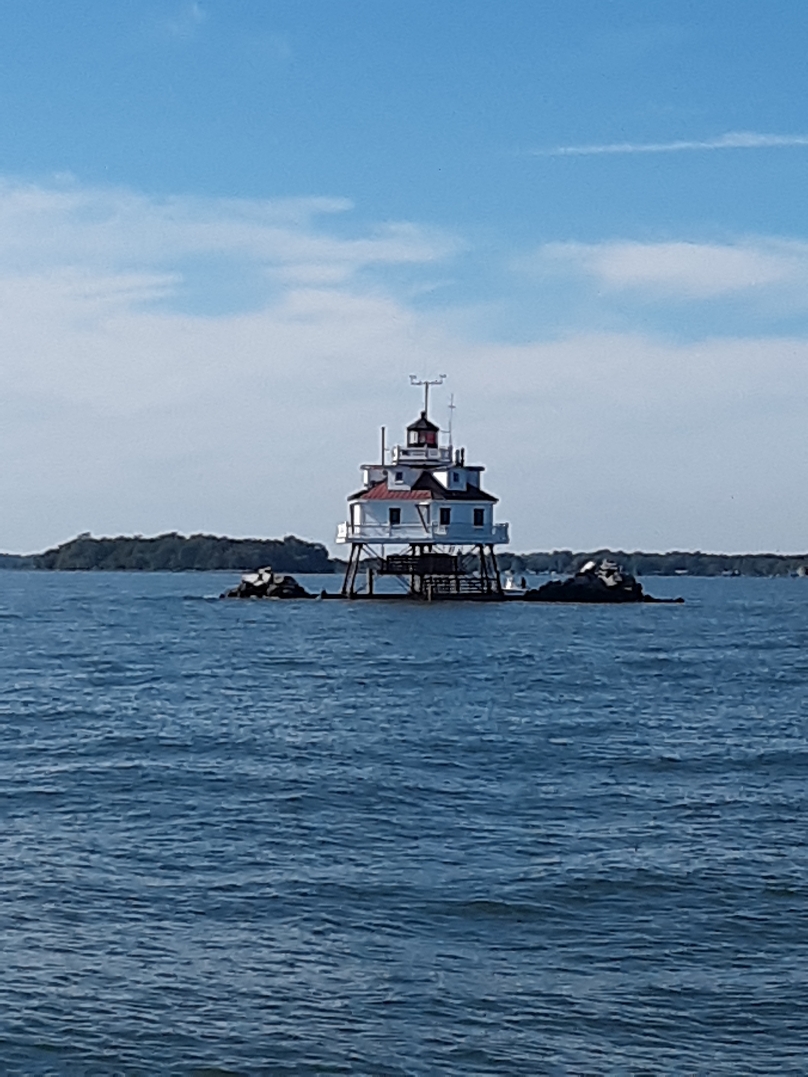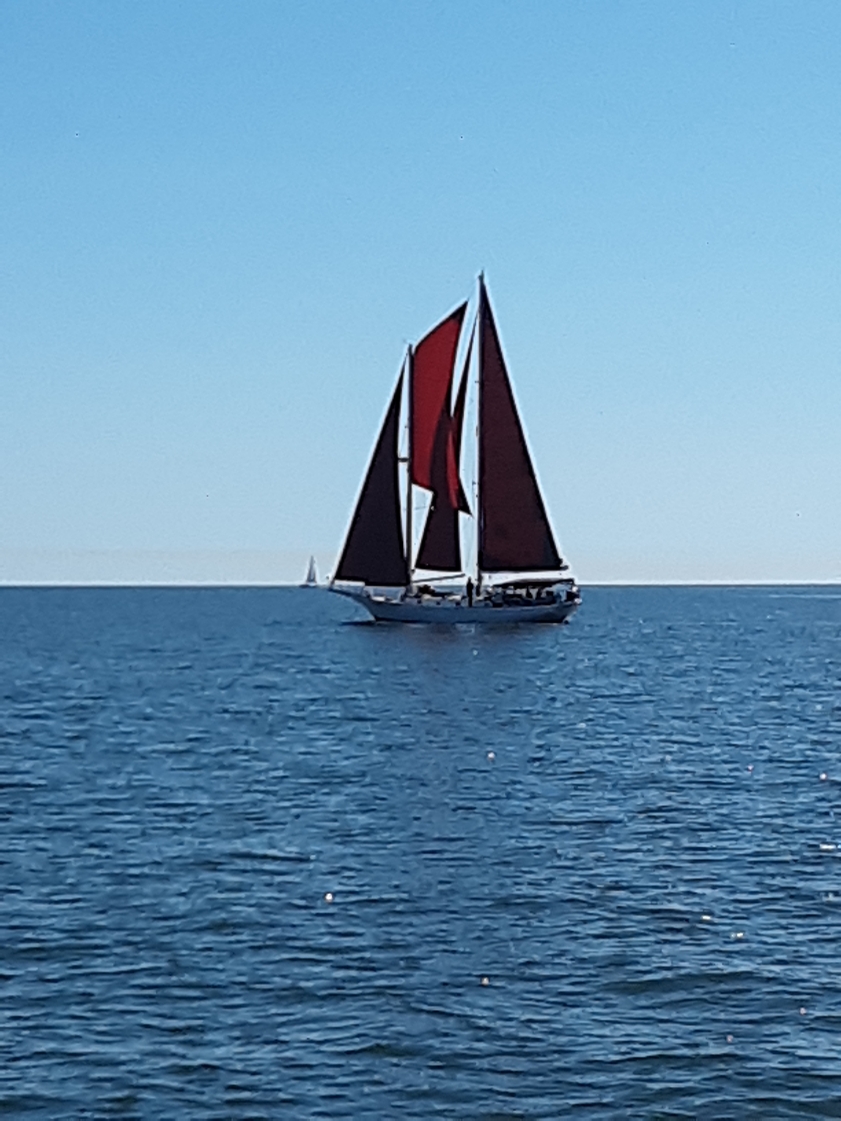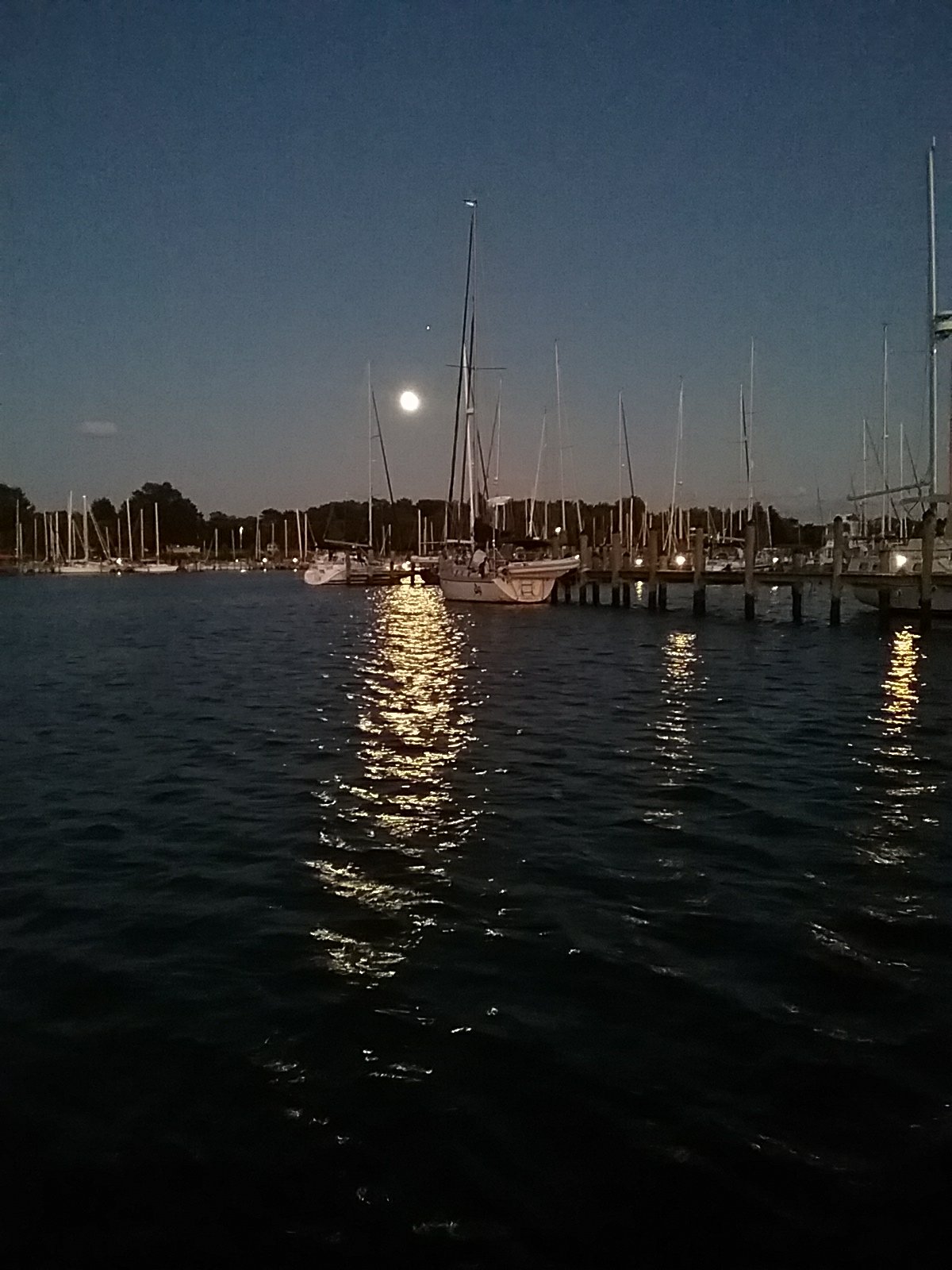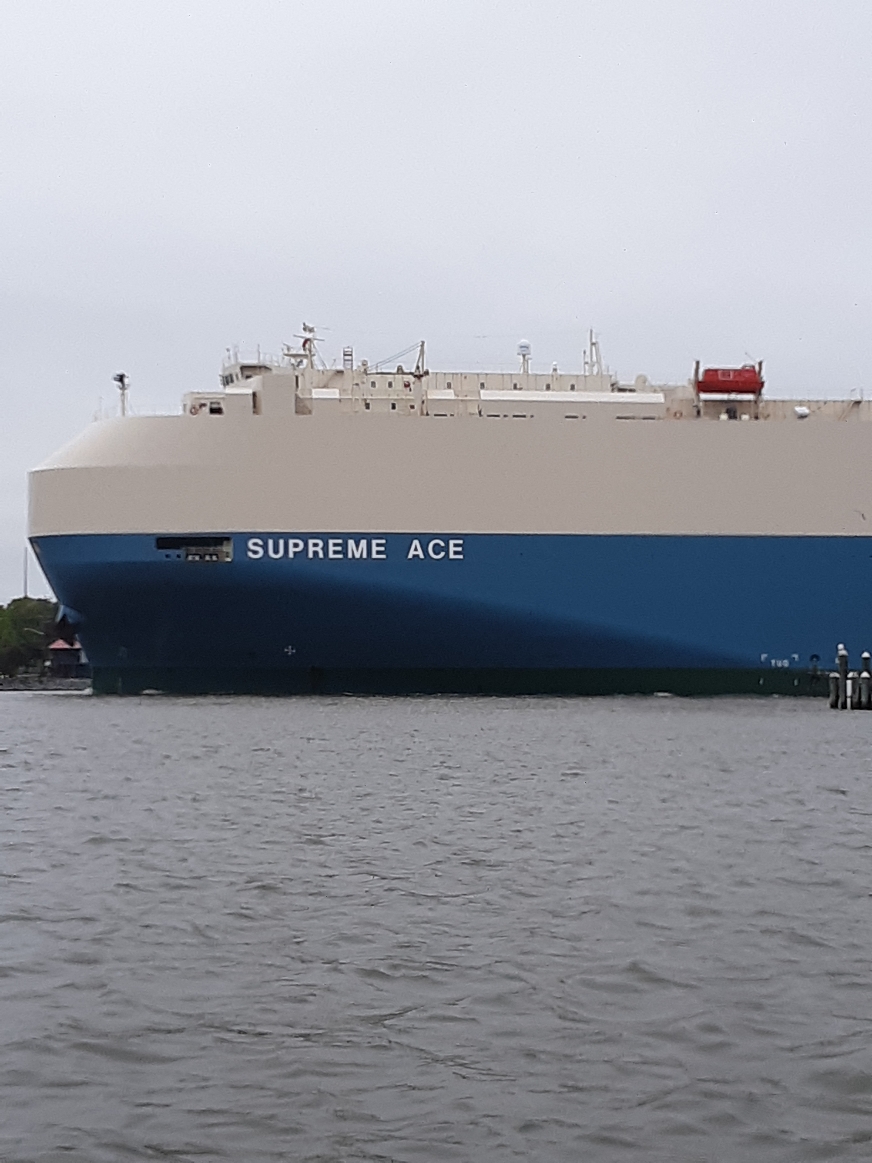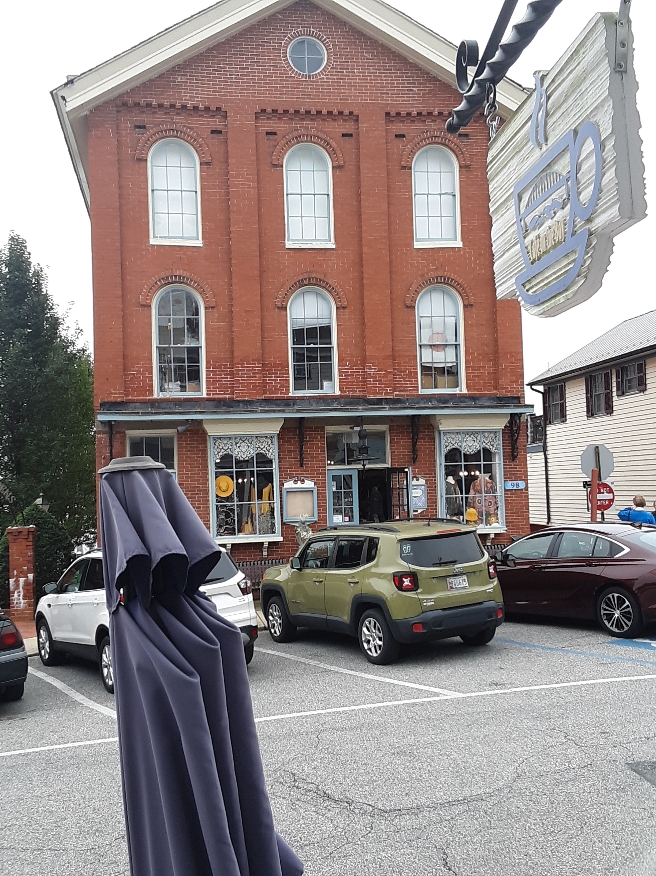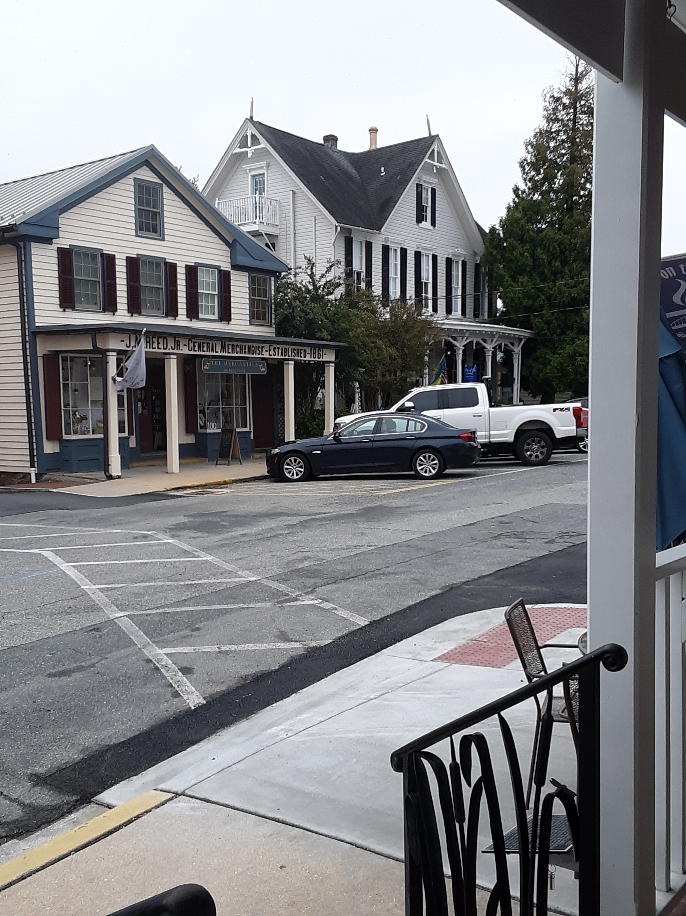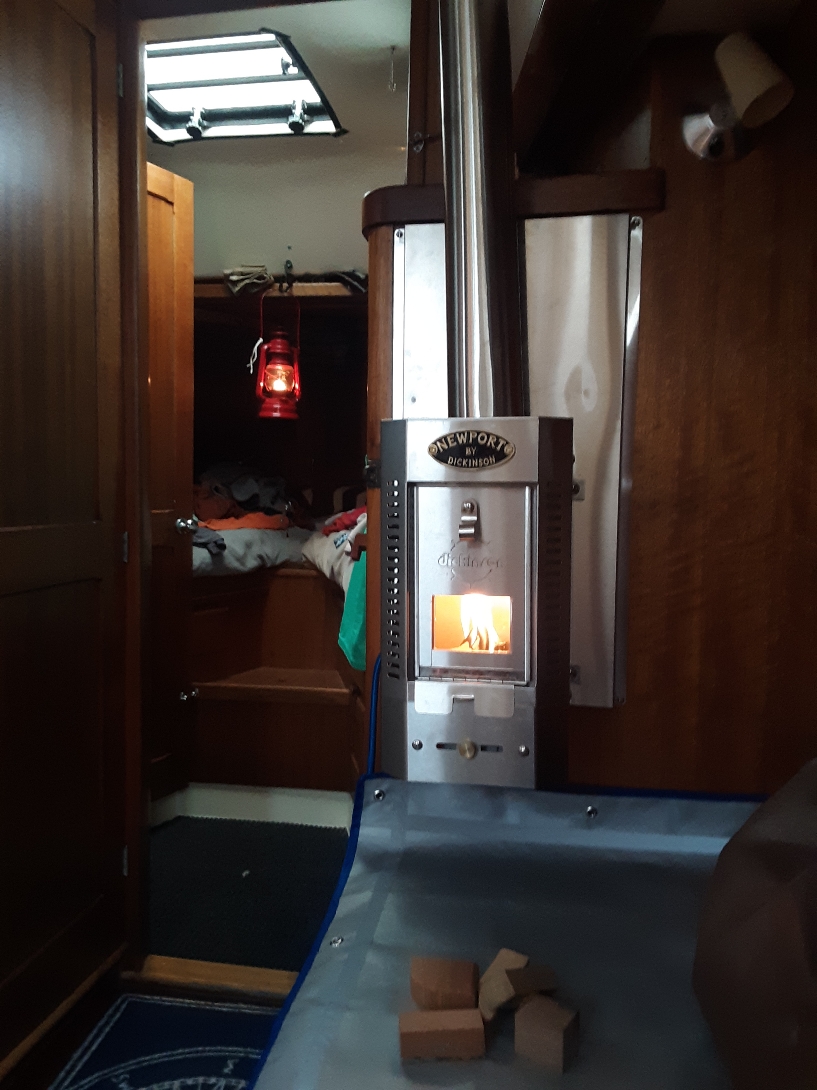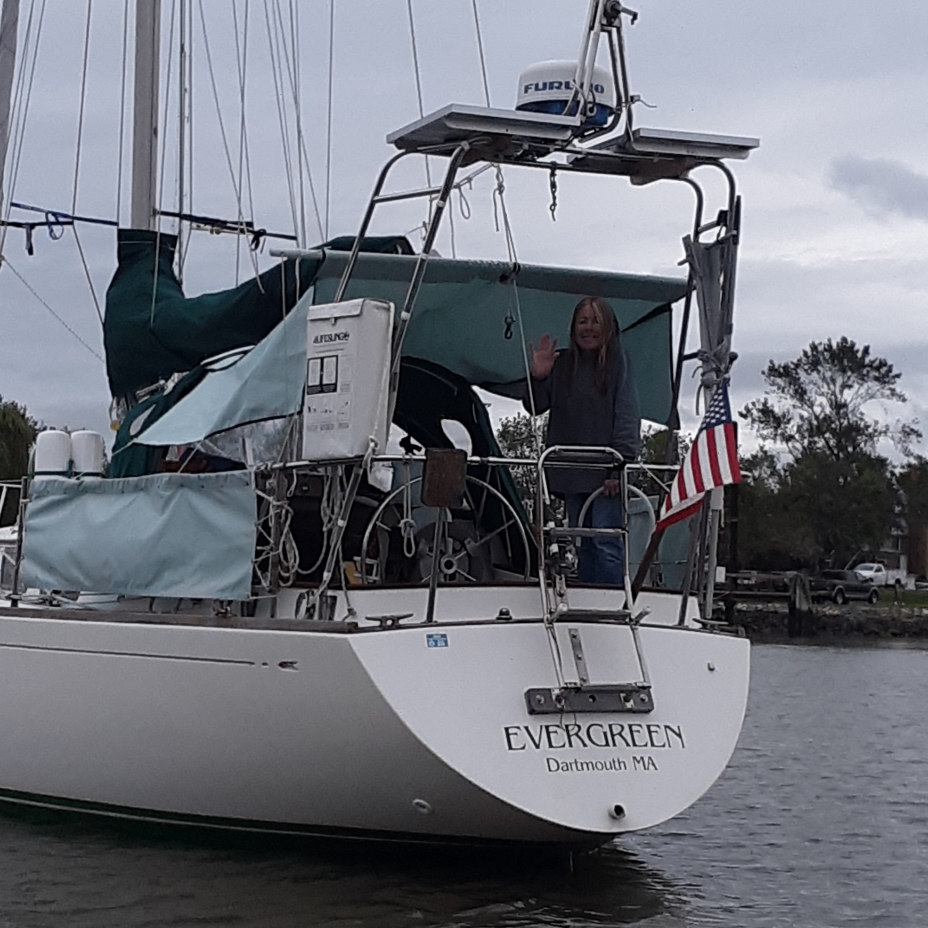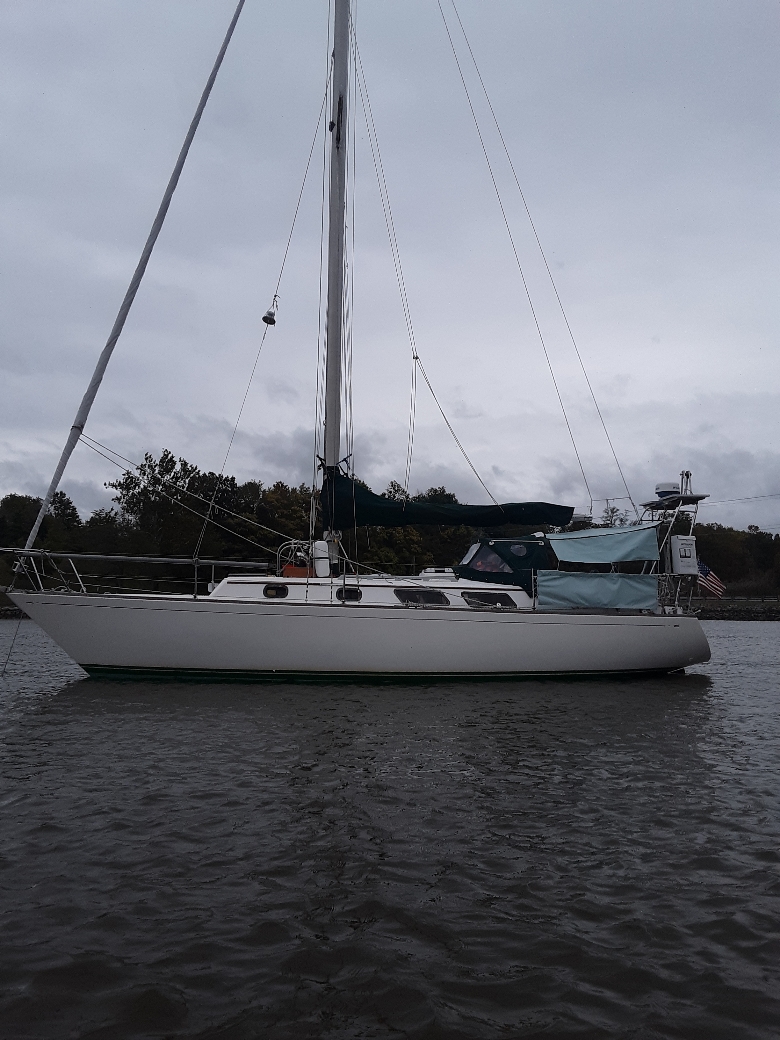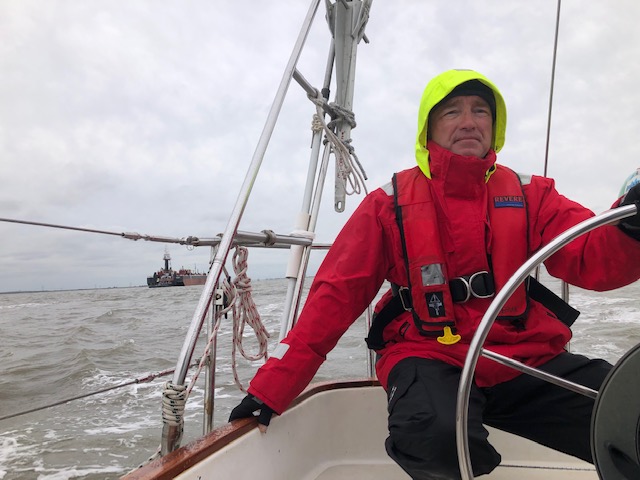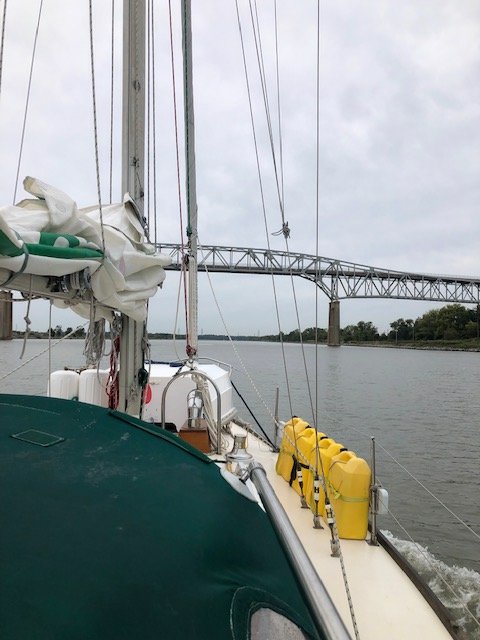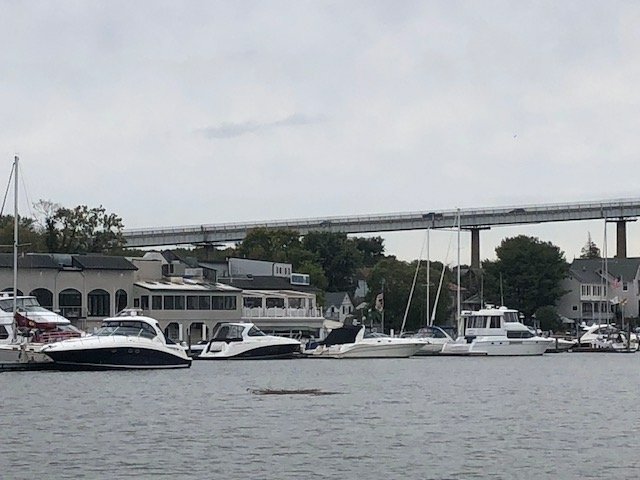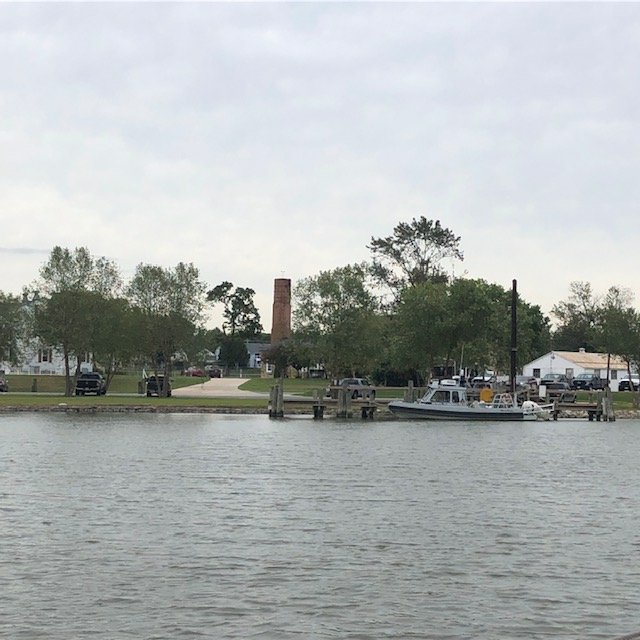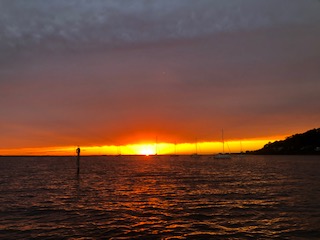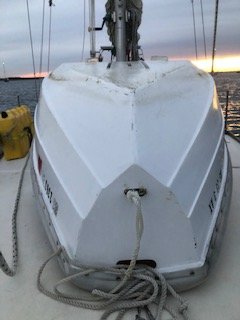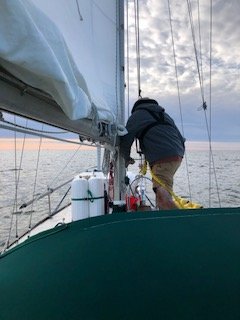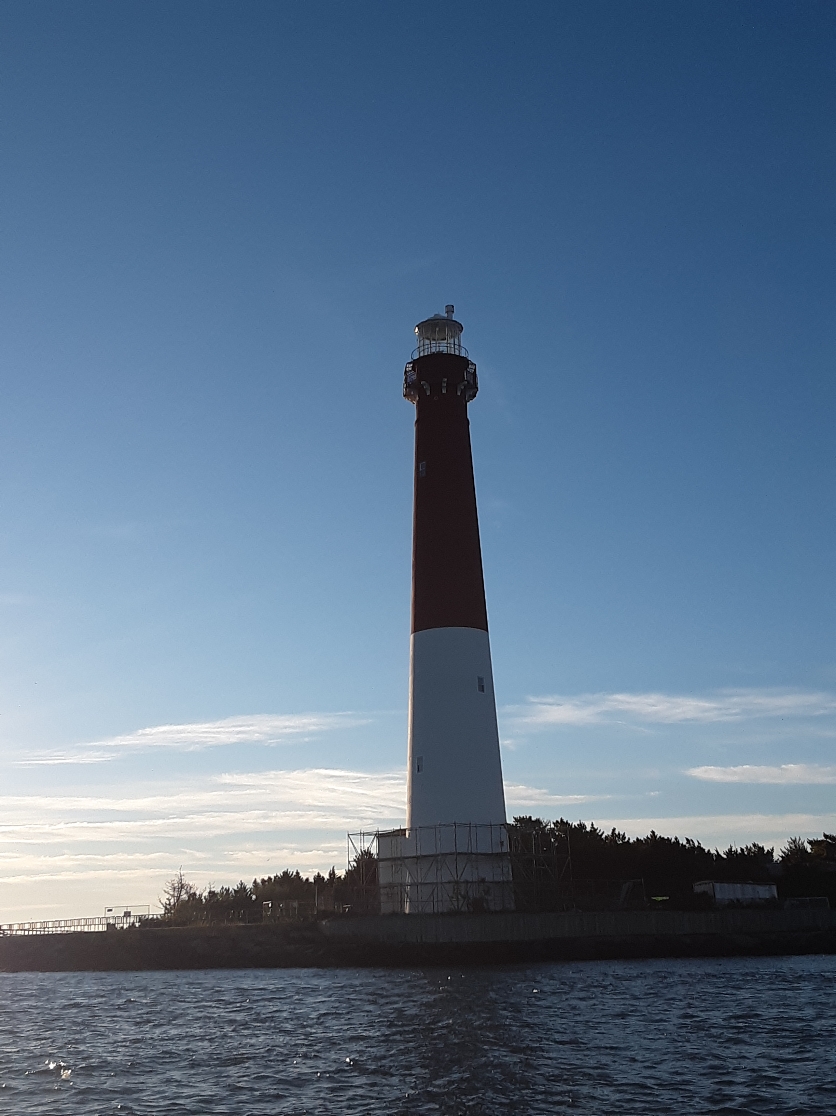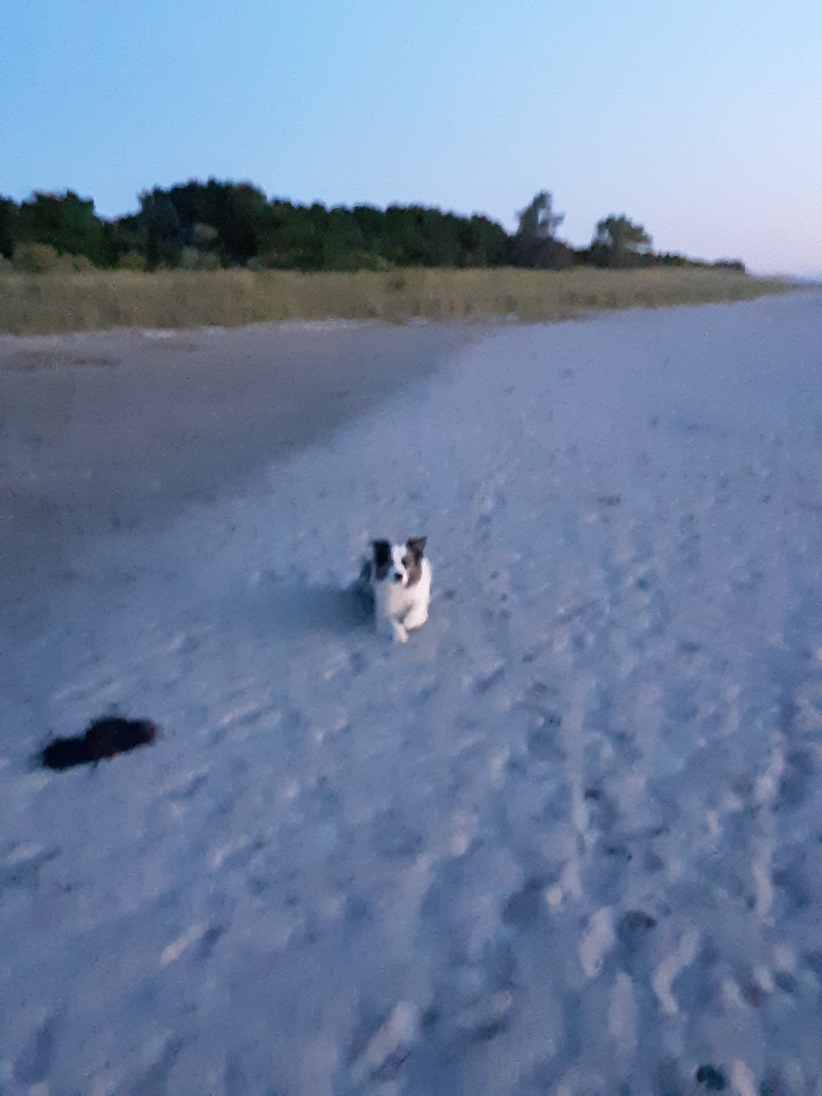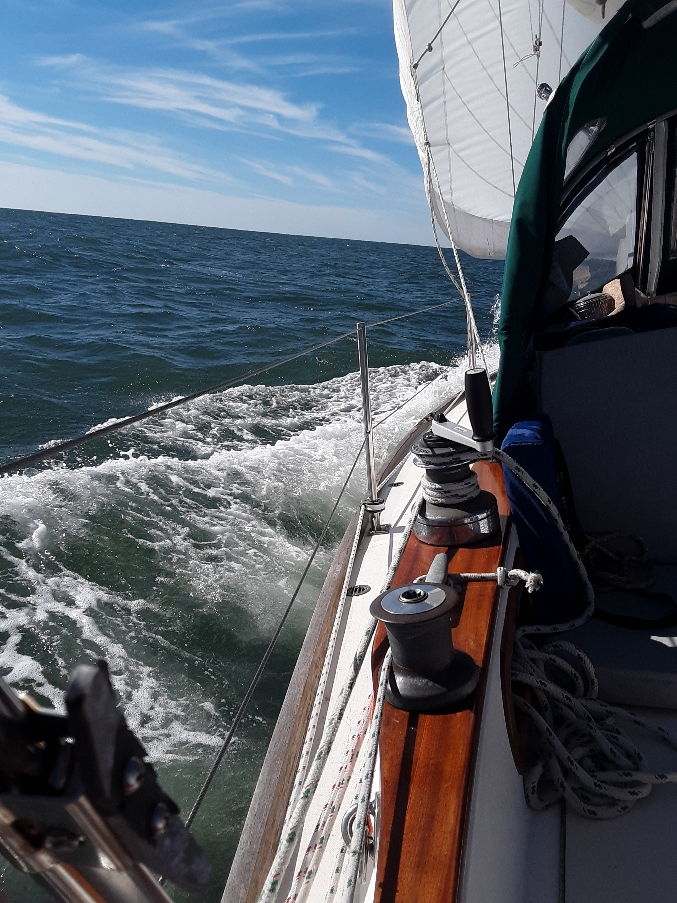October 17th- Dismal Swamp Welcome Center to Elizabeth City, NC
The pier we were tied to filled up in the evening. We had 5 boats. One boat was partially anchored and was able to tie their stern to the dock (creative solution). We rafted up another boat to Evergreen for the night. In the morning we hung around the docks so we could pick up some local peanuts from the welcome center when they opened. We locked through South Mills with another sailboat. We then headed down the Pasquotank River to Elizabeth City. Eventually we stopped to empty our engine filter of duckweed.
Parting a sea of green.
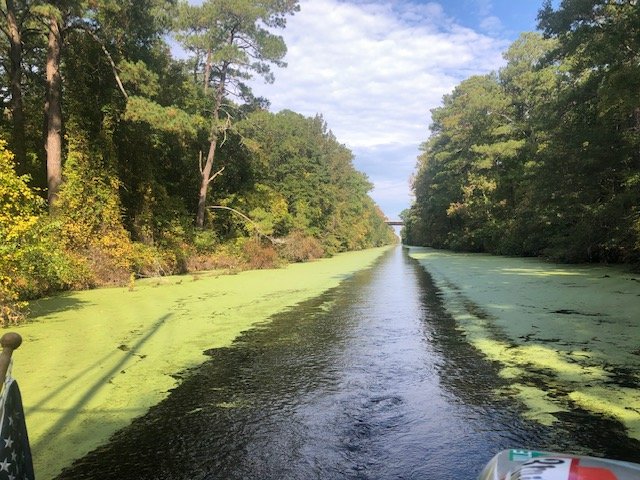
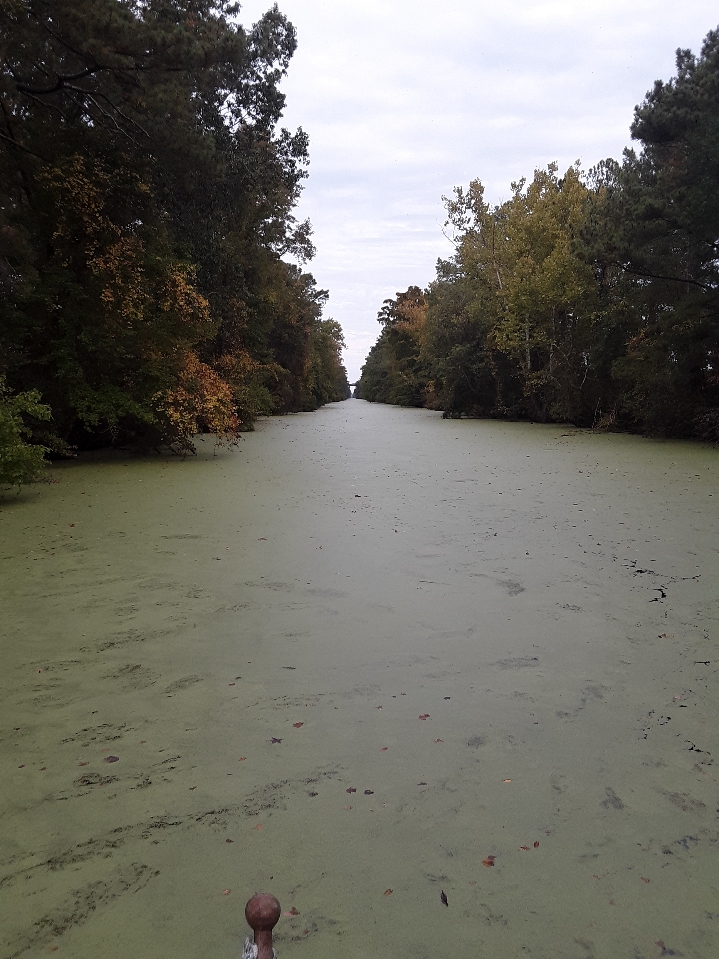
Waiting for the bridge at South Mills Lock.
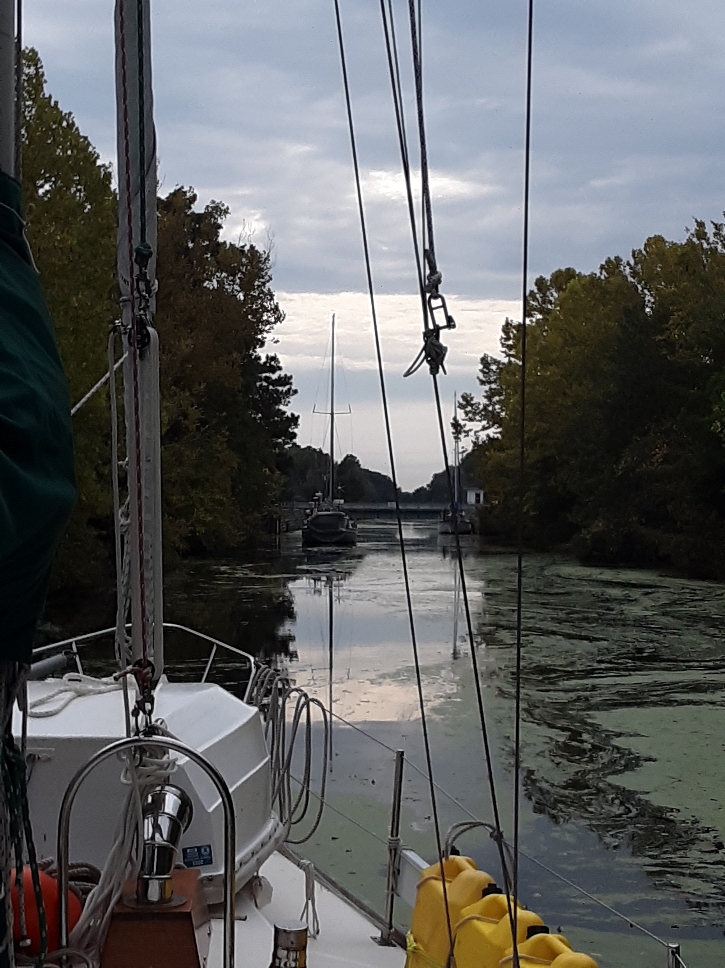
Pasquotank River . Still very “Dismal Swampish”.
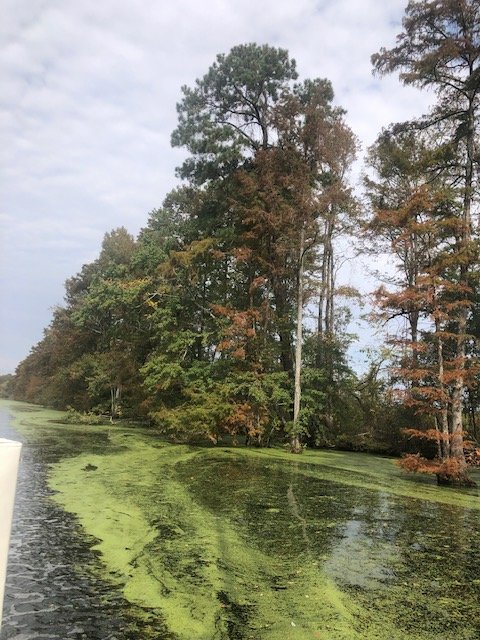
Elizabeth City is very welcoming of cruising boats. There are many free docks and it’s also a good anchorage. We docked on the Jennette Brothers commercial pier. They only ask that you spend some money in town.
Evergreen docked at Jennette Brothers pier, Elizabeth City.
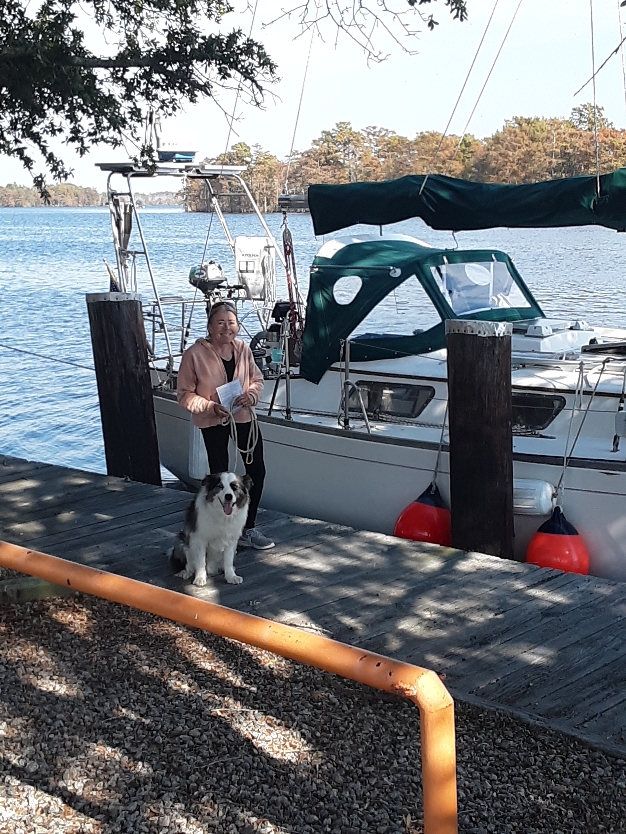
October 18th- Elizabeth City to Alligator River, NC
Wind! Sailing!
We left Elizabeth City in the company of a few sailboats that we had met along the way. There was a morning “small craft advisory” for the Albemarle Sound but the wind was blowing the right way and I was looking forward to some sailing. Much of it was down wind which isn’t Evergreen’s favorite point of sail. Reefed sails, full sails, mains’l only, genoa only, beam reach, downwind run. I think the only thing I didn’t do today was deploy the spinnaker pole. We made good time. Eventually the breeze died out somewhere in the Alligator River and we motored to our anchorage.
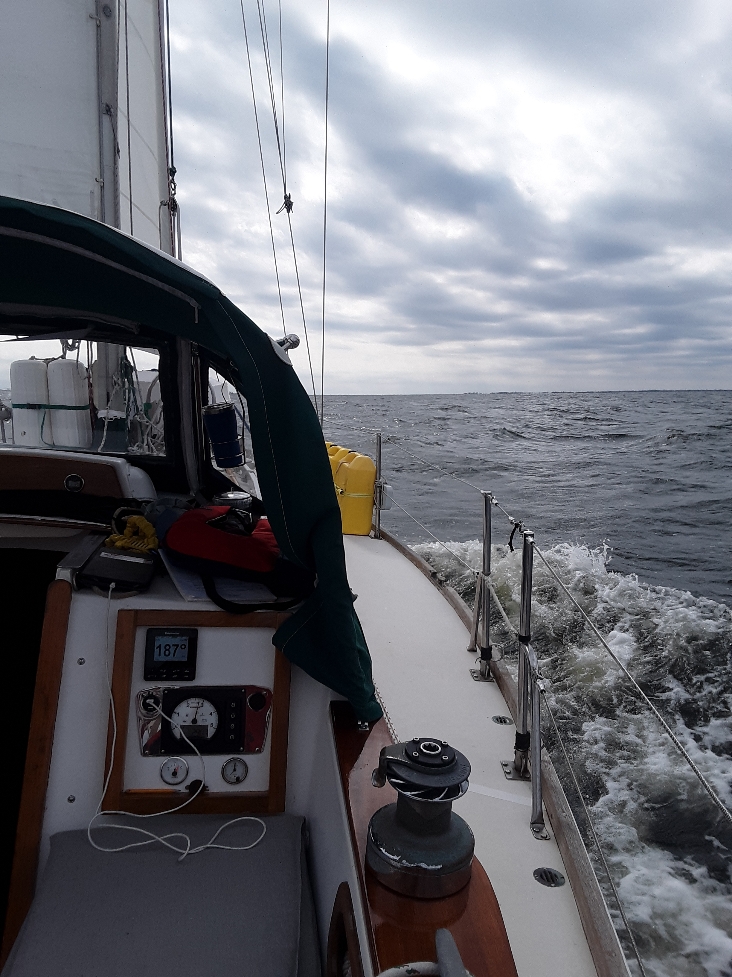
The Alligator River is one of the most remote places along the ICW. It’s one of the few places where there is no phone connectivity. The temperature dropped throughout the day. We were in for a chilly evening. On the plus side- No Mosquitoes! There is no light pollution out here so the Milky Way was on full display at night. We anchored further up the river than the other boats. There is a state boat ramp and dock up a swamp canal to bring Ollie for his evening commando raid.
On the way to the secret dock.
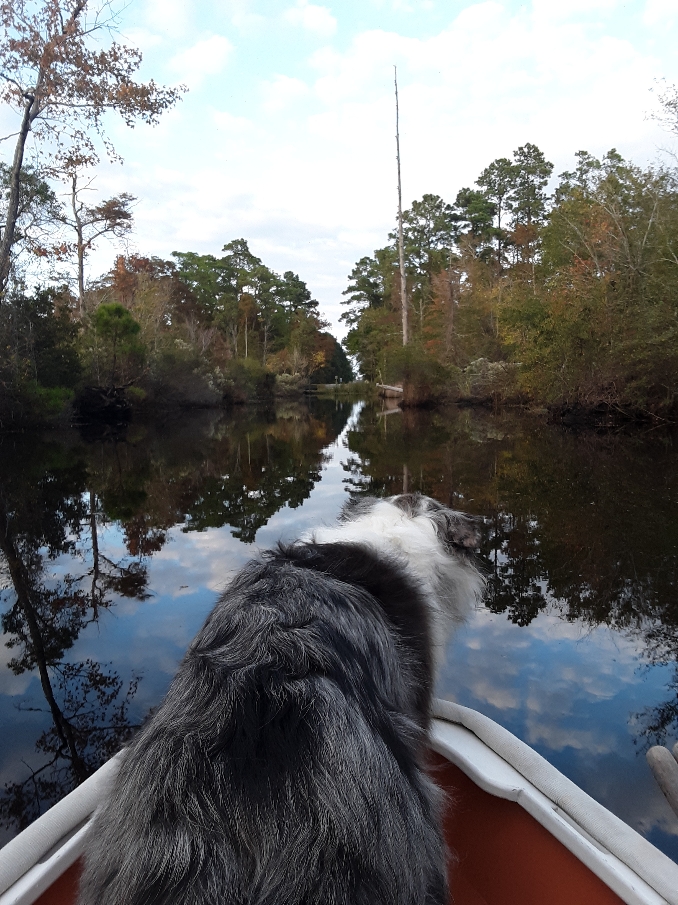
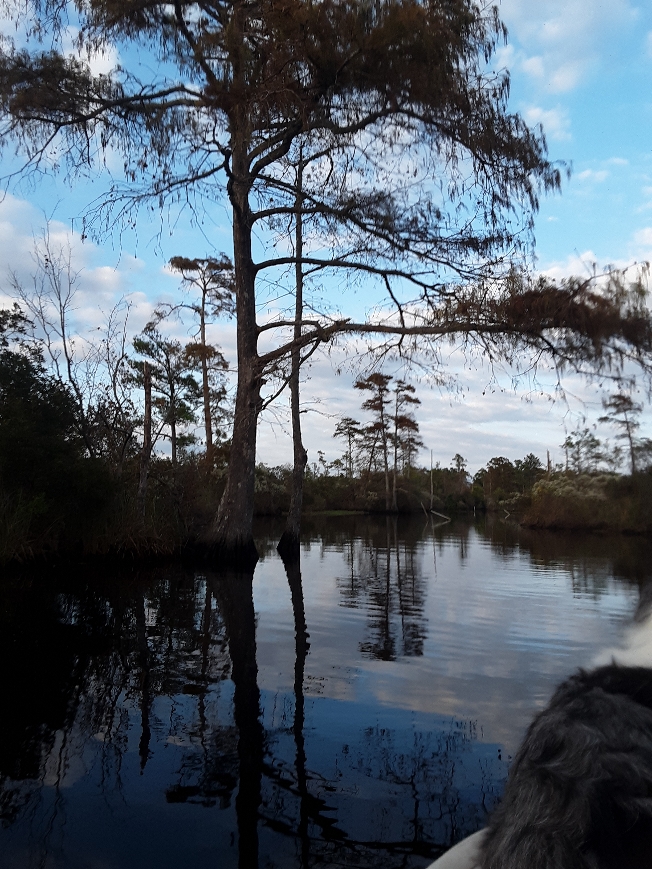
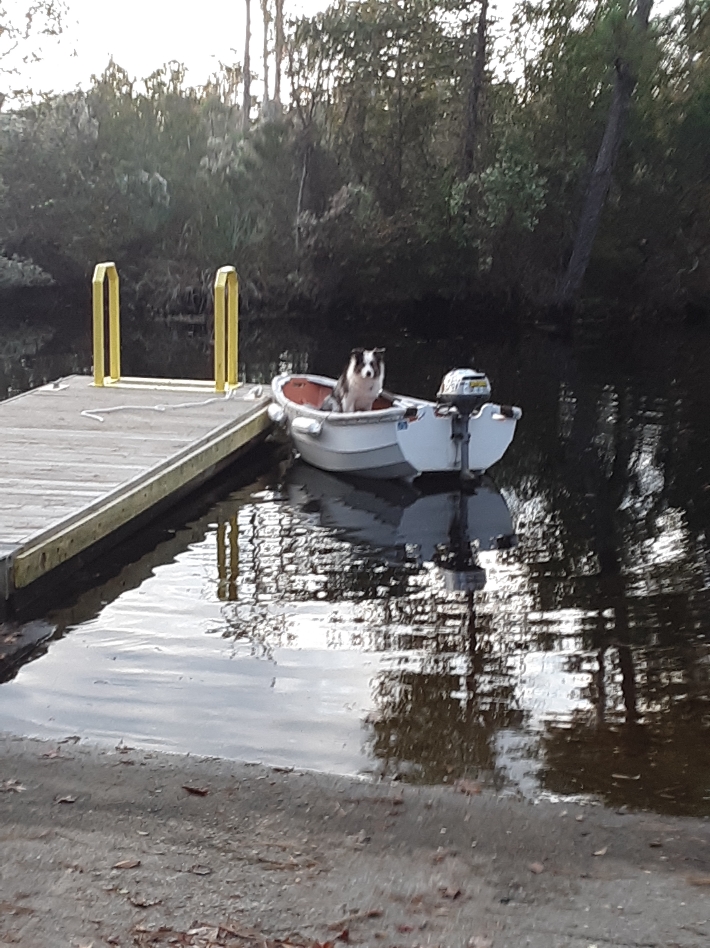
Evergreen anchored on The Alligator River.
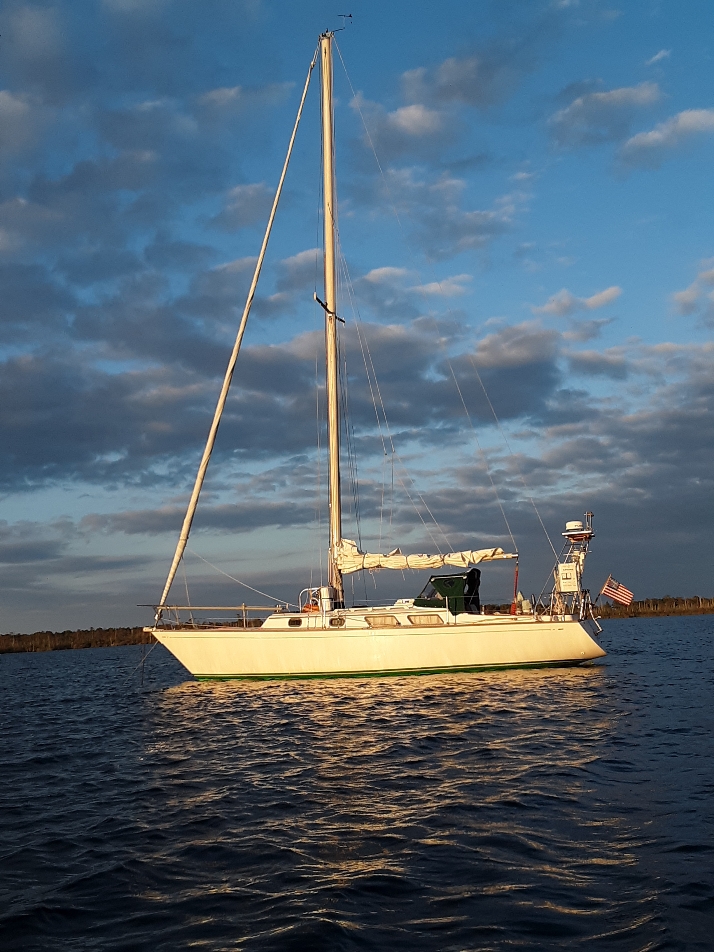
AM commando raid.

October 19th- Alligator River to Belhaven, NC
We had a quiet and cool night on the Alligator River. The woodstove warmed the cabin in the morning. A big breakfast of eggs, cheese, and potatoes was devoured while waiting for the morning to warm up. We eventually headed back down the Alligator River a bit to hook up with the Alligator Pungo Canal. Evergreen had a head wind but the surrounding forrest blocked most of the effects. We exited the canal to the Pungo River and had a short but wet ride to Pantego Creek and Belhaven.
Alligator Pungo Canal.
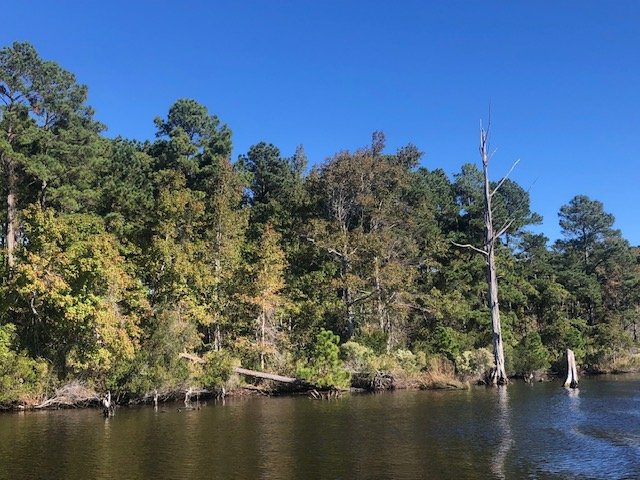
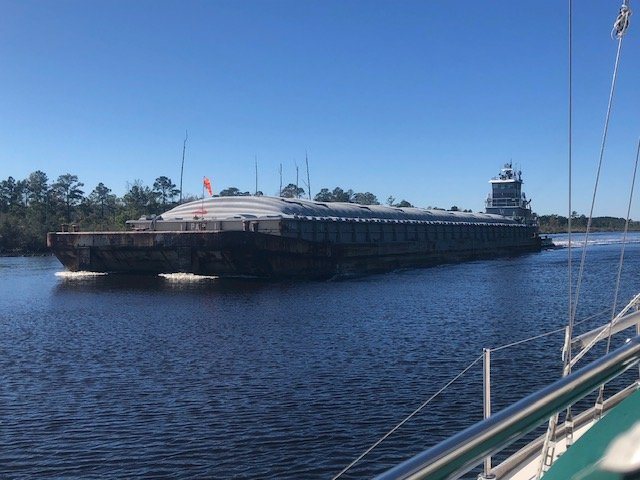
October 20th- Belhaven, NC
We’re having a shore leave day in Belhaven. We needed a few things in town. Oliver needed some serious exercise. There are many open fields in Belhaven and we deployed both ball and frisbee to tire out the beast. He was satisfied with his fun-time activities.
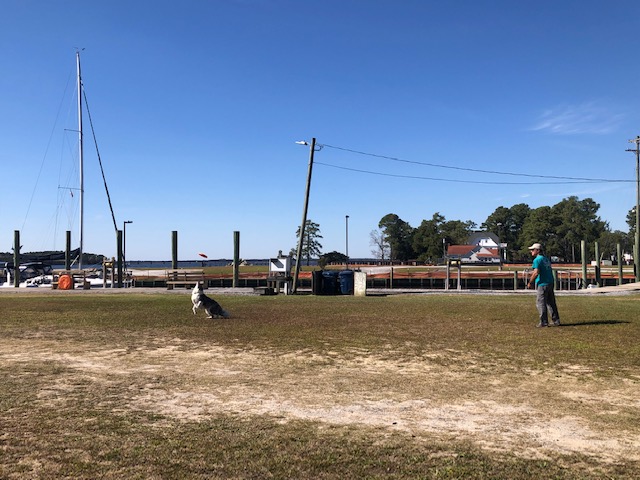
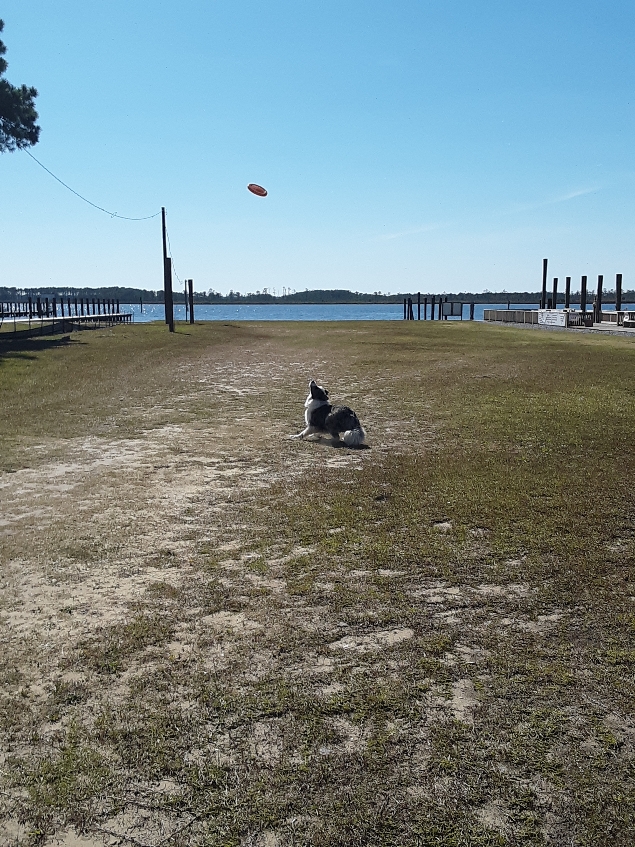
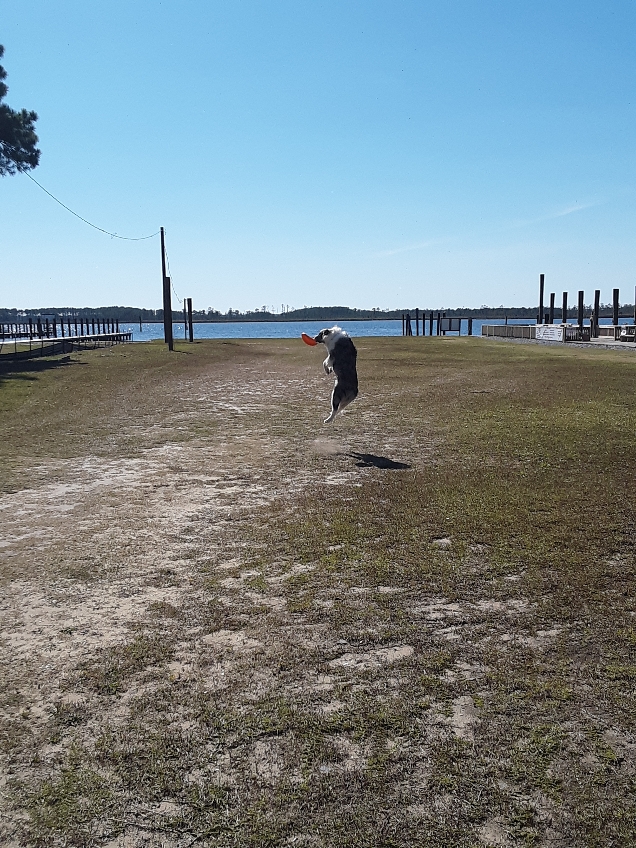
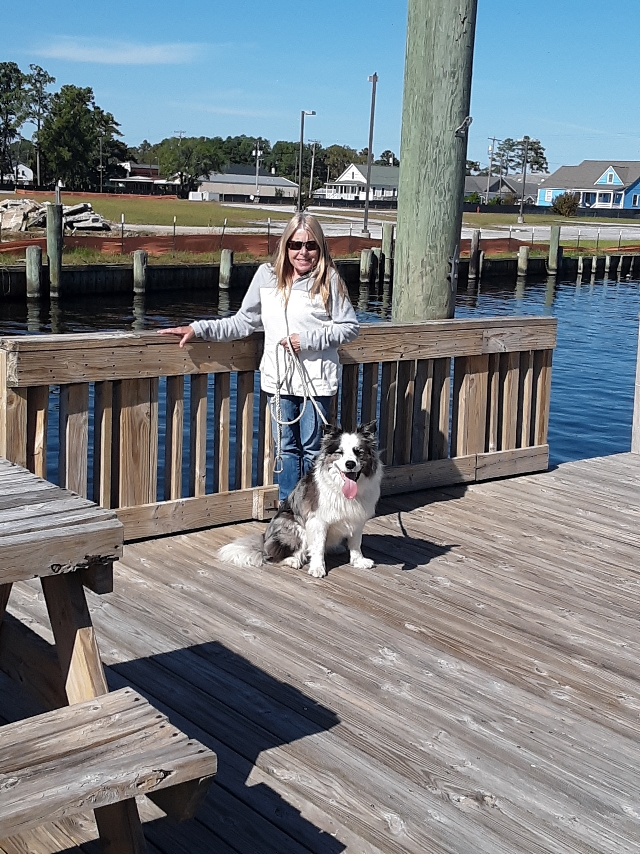
Evergreen anchored on Pantego Creek in Belhaven.
